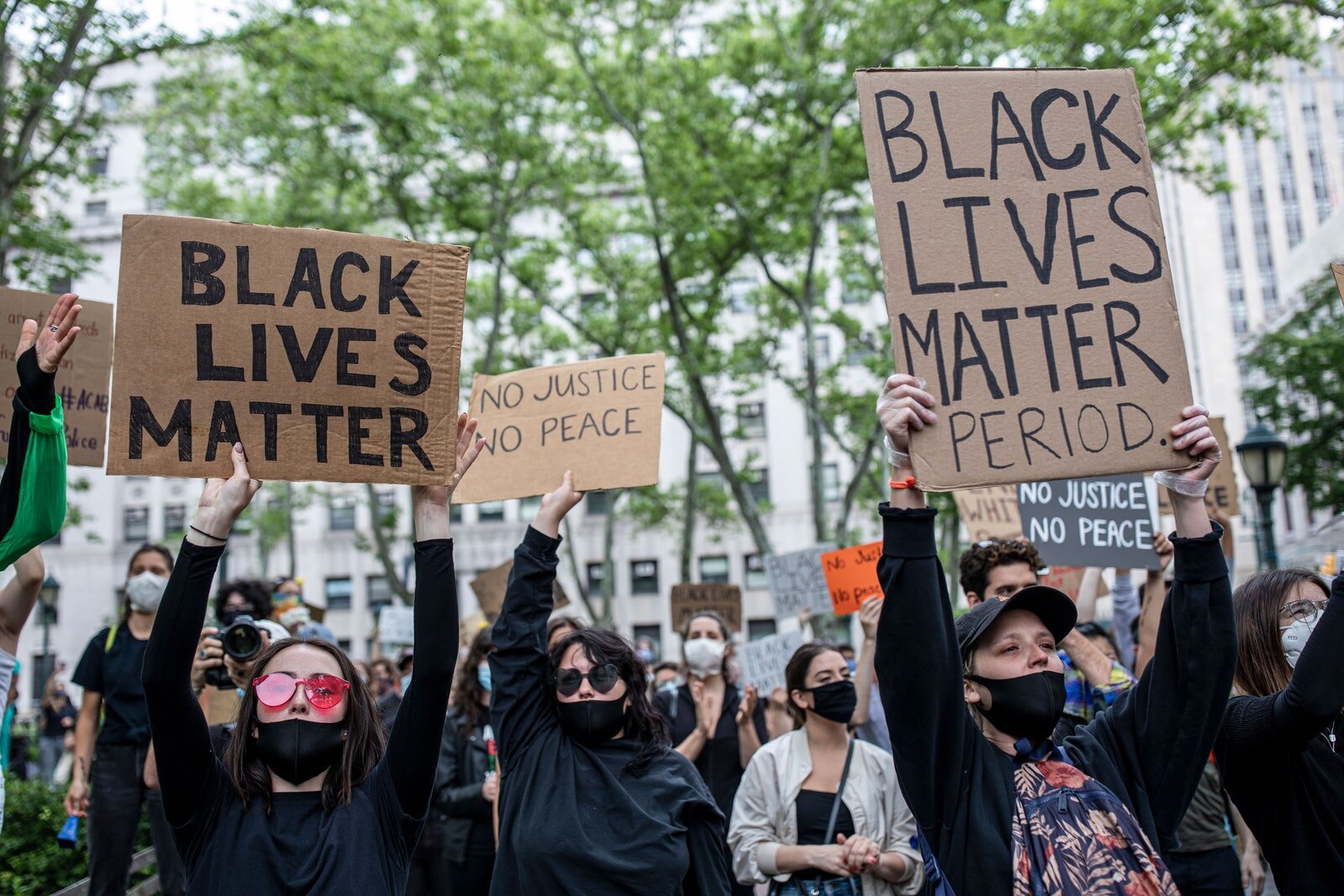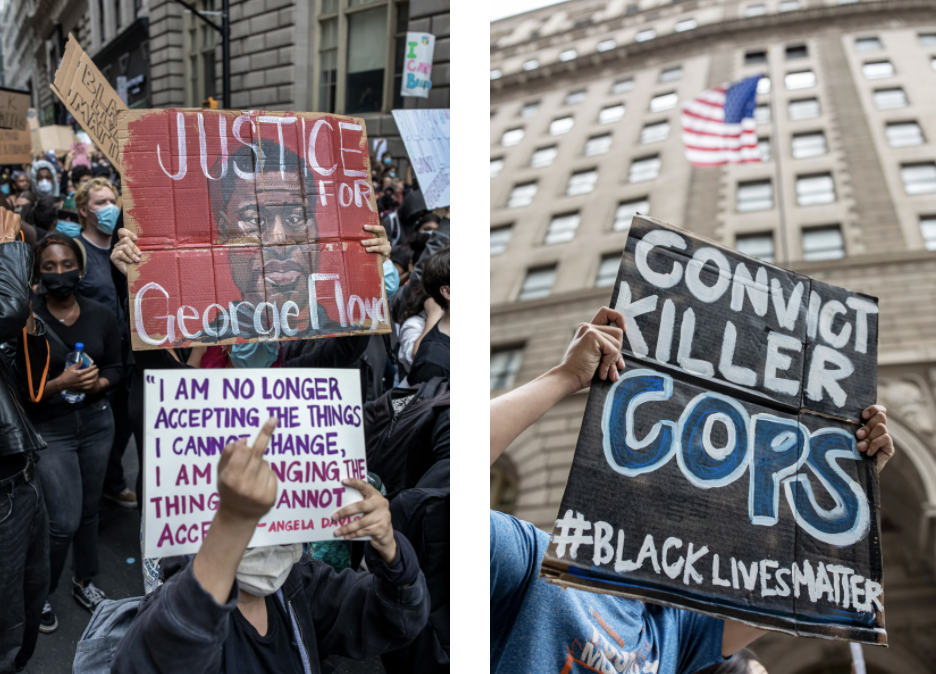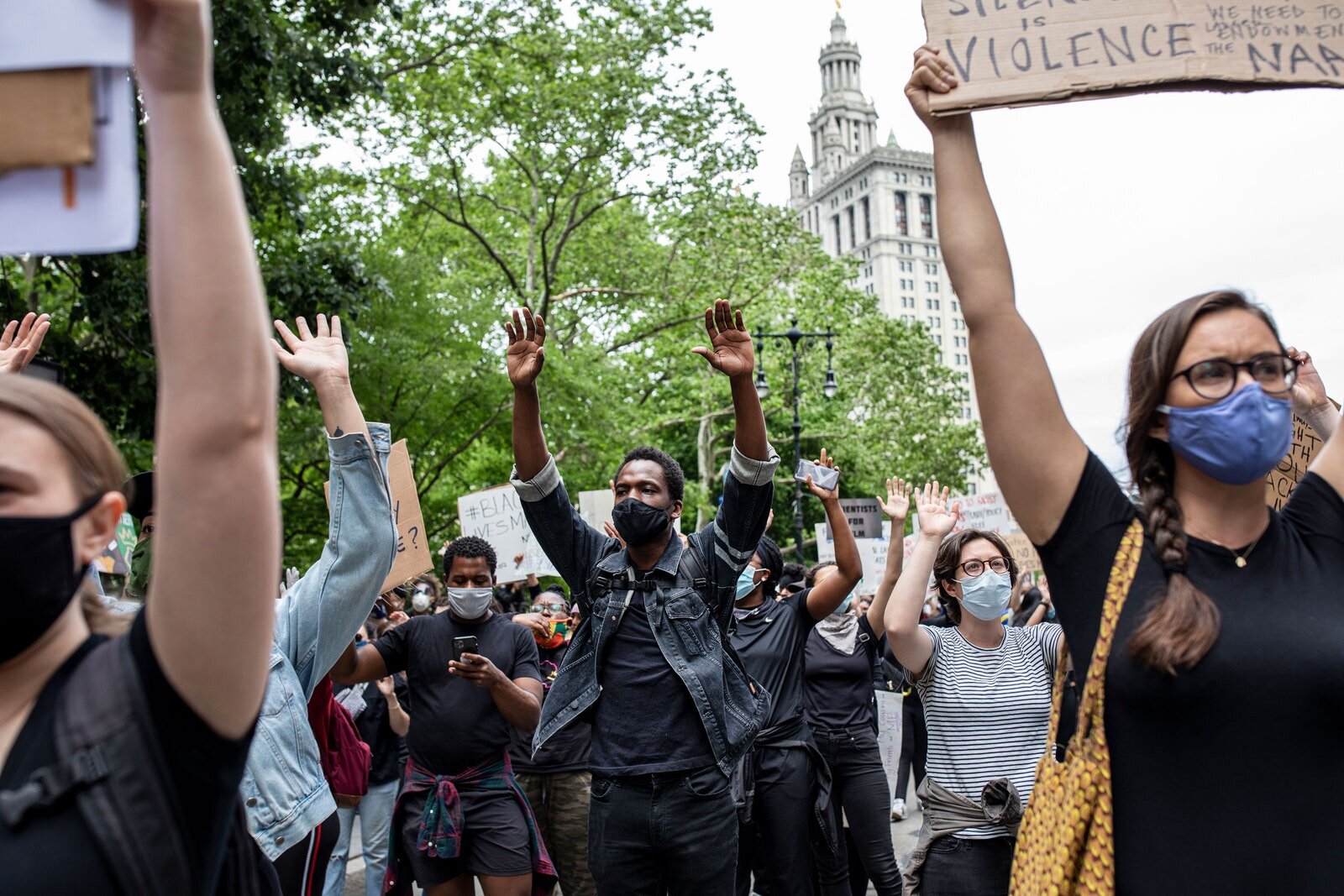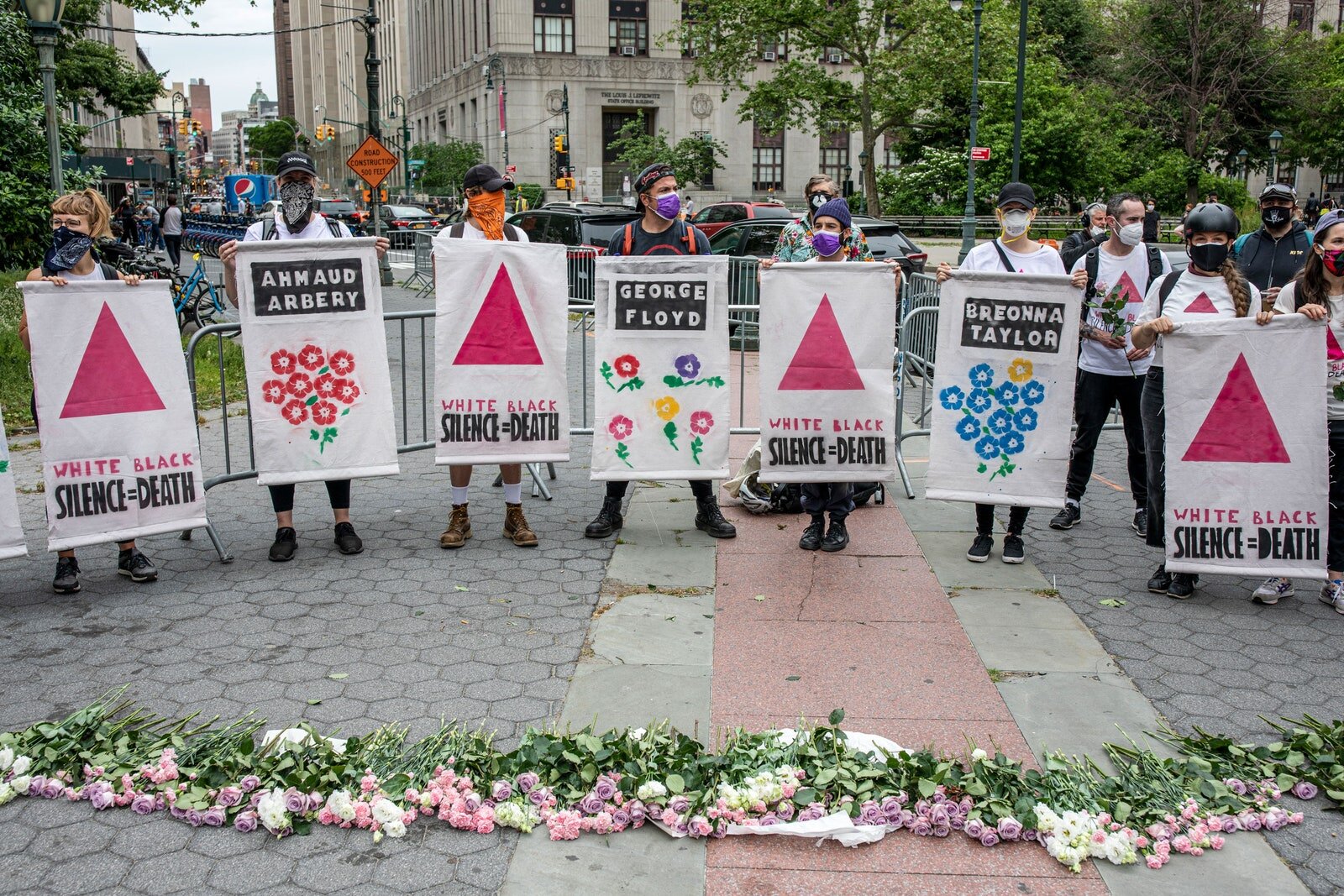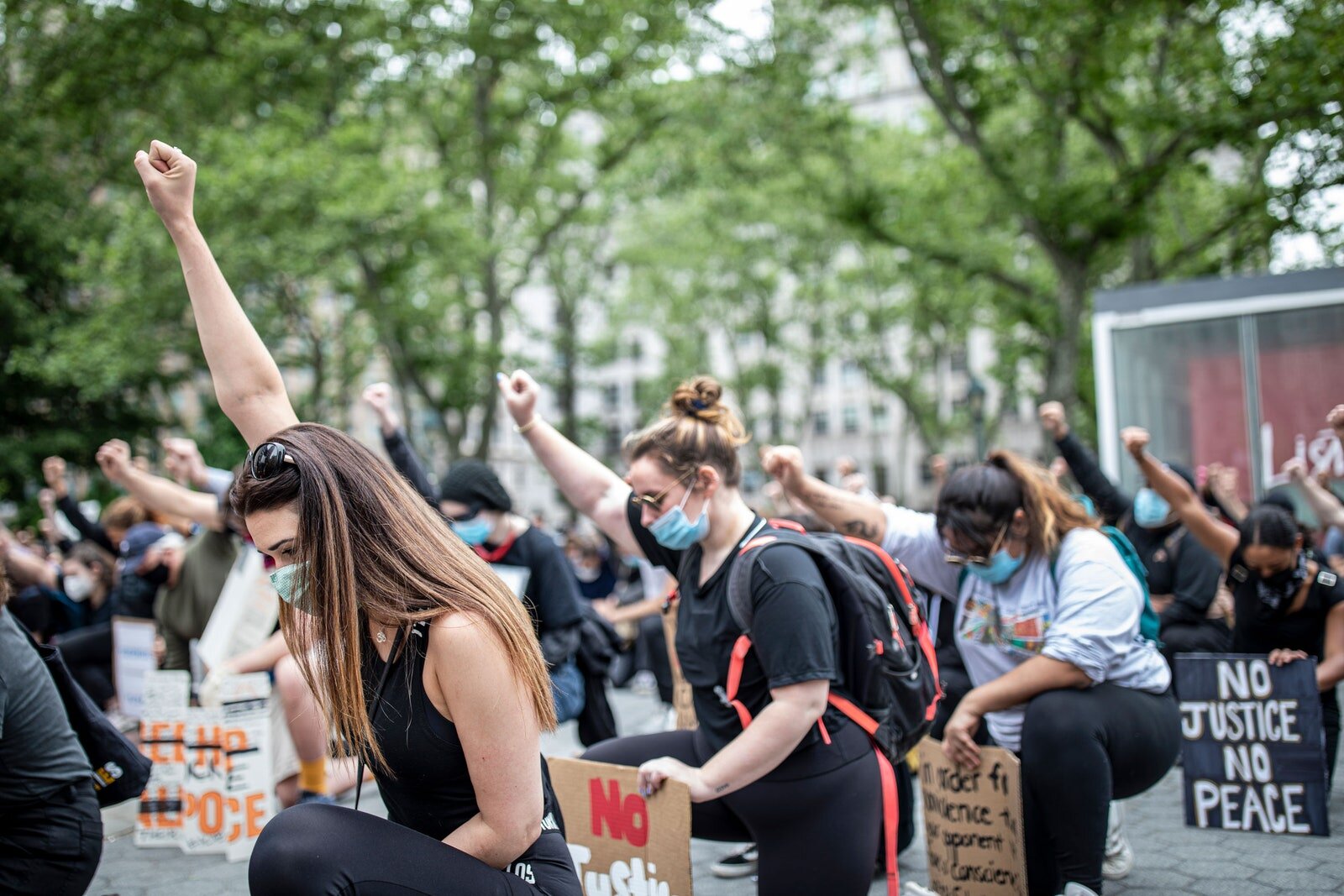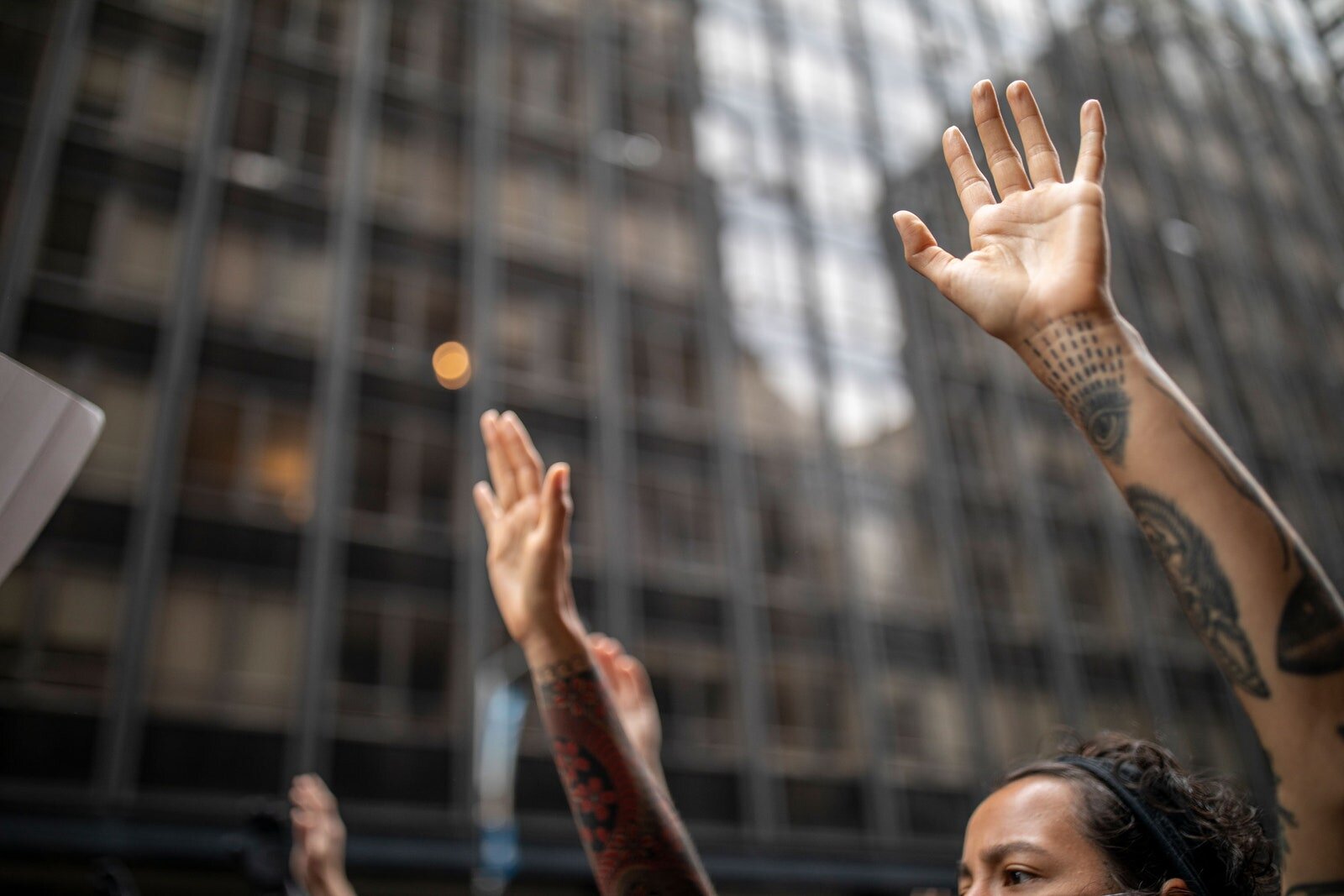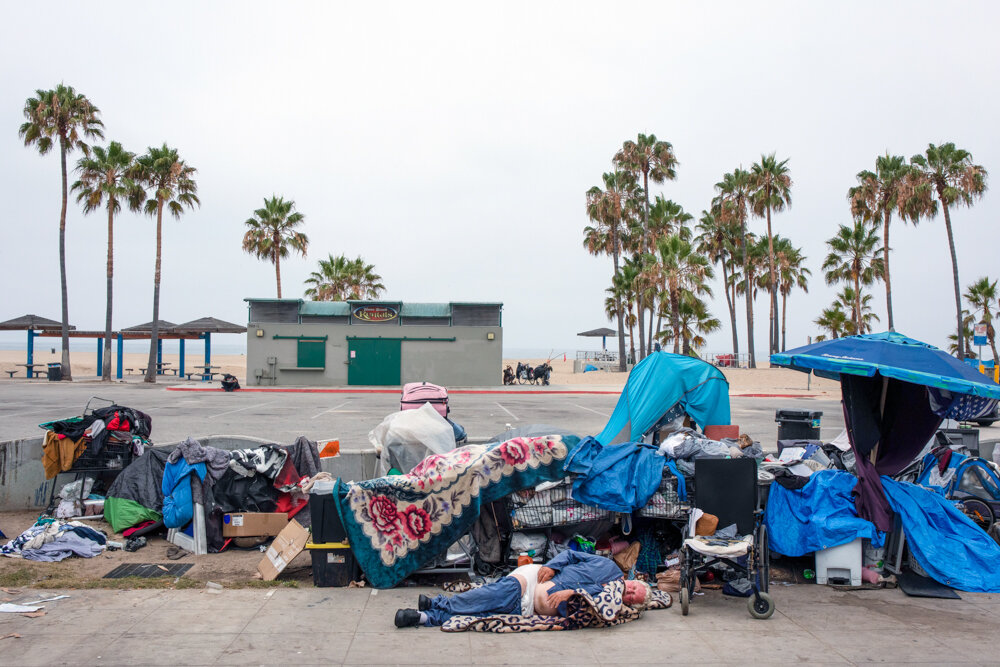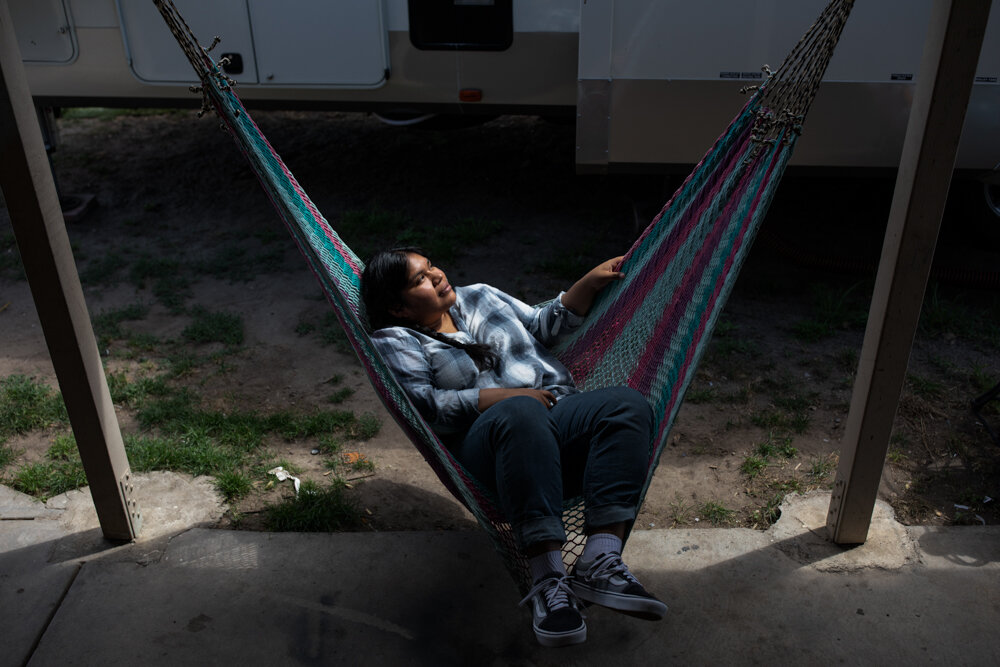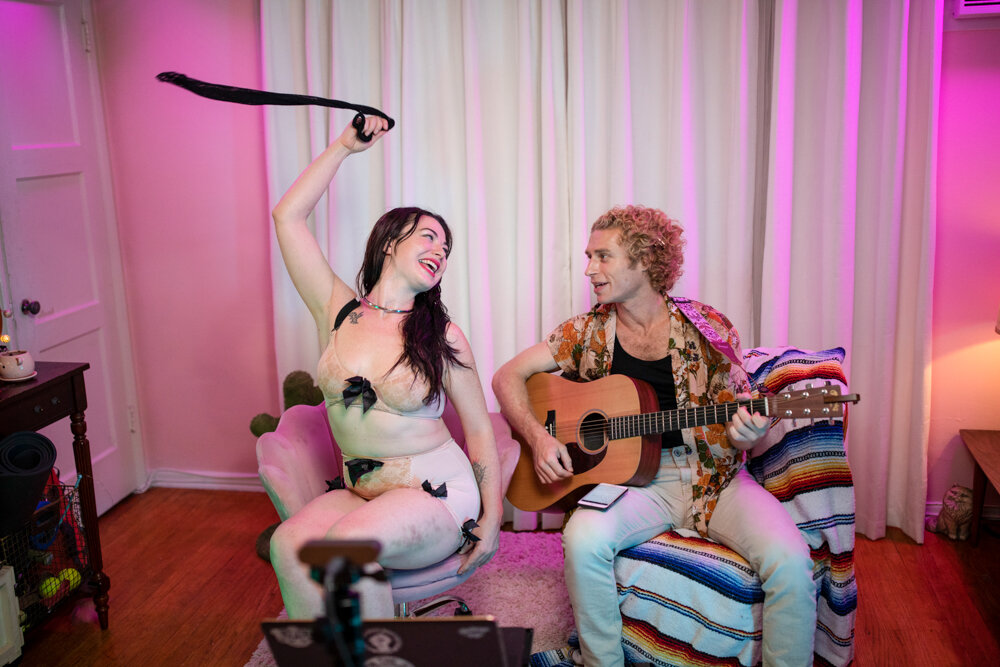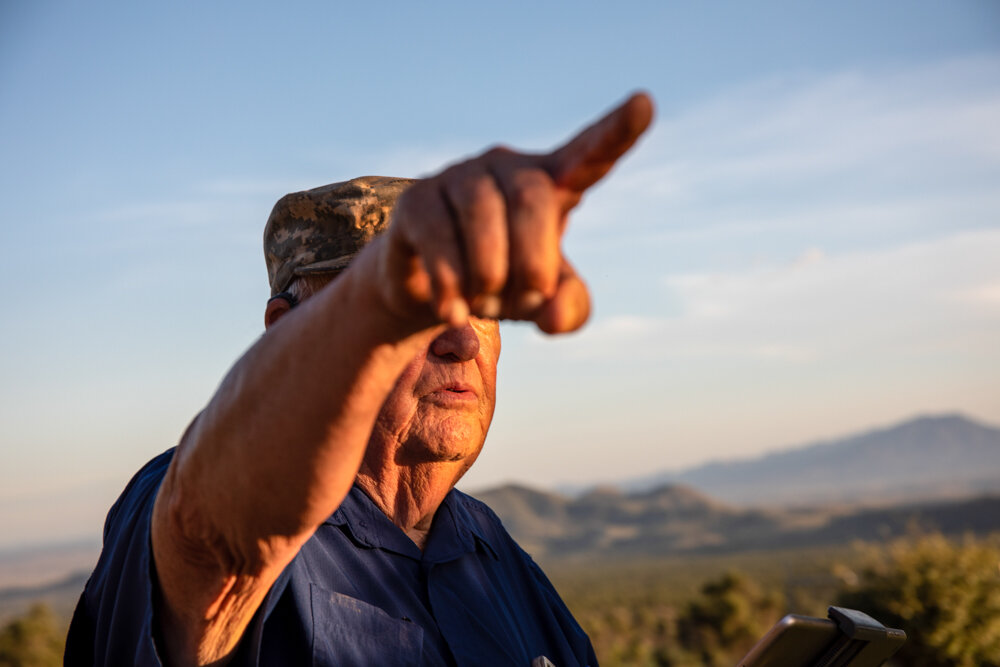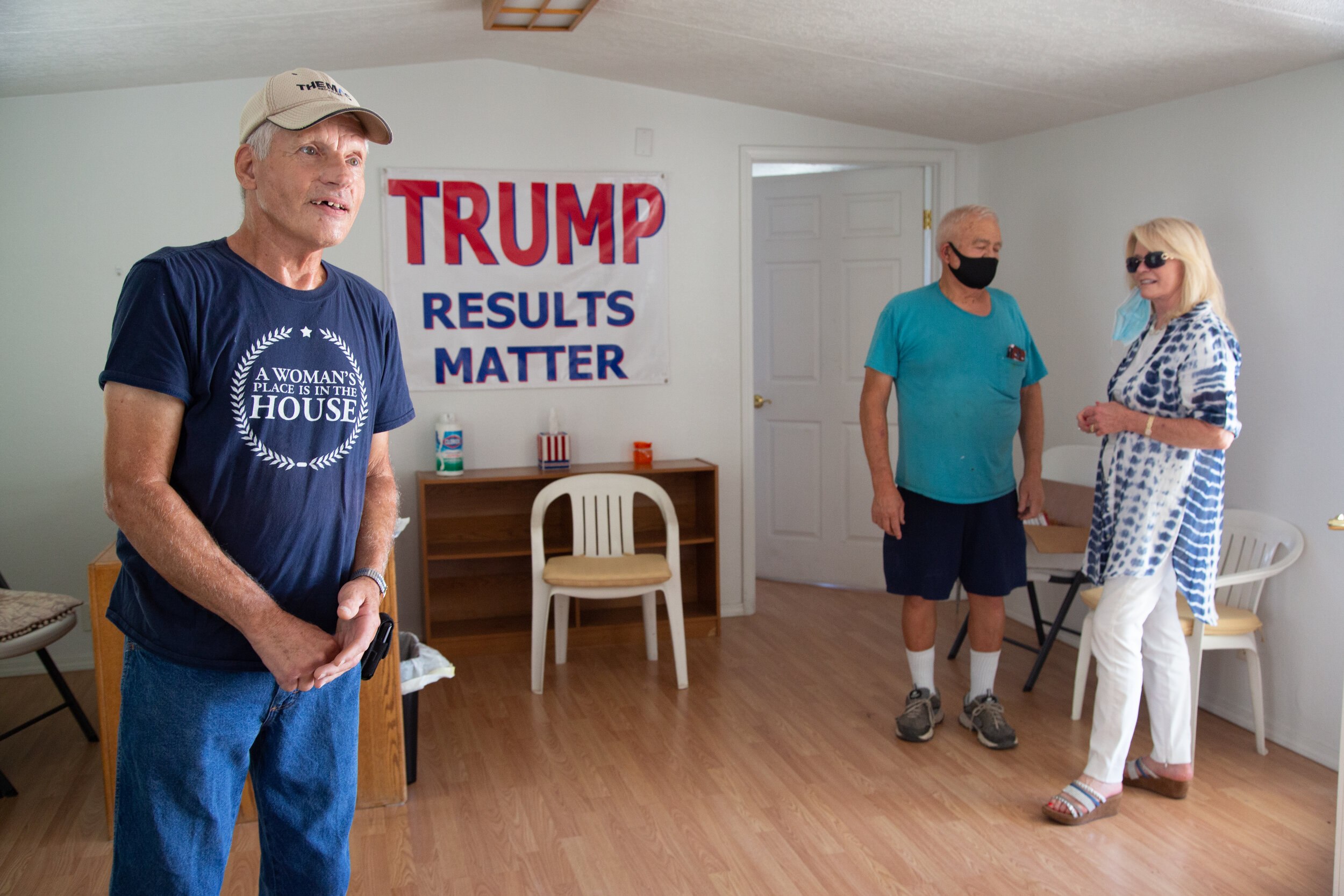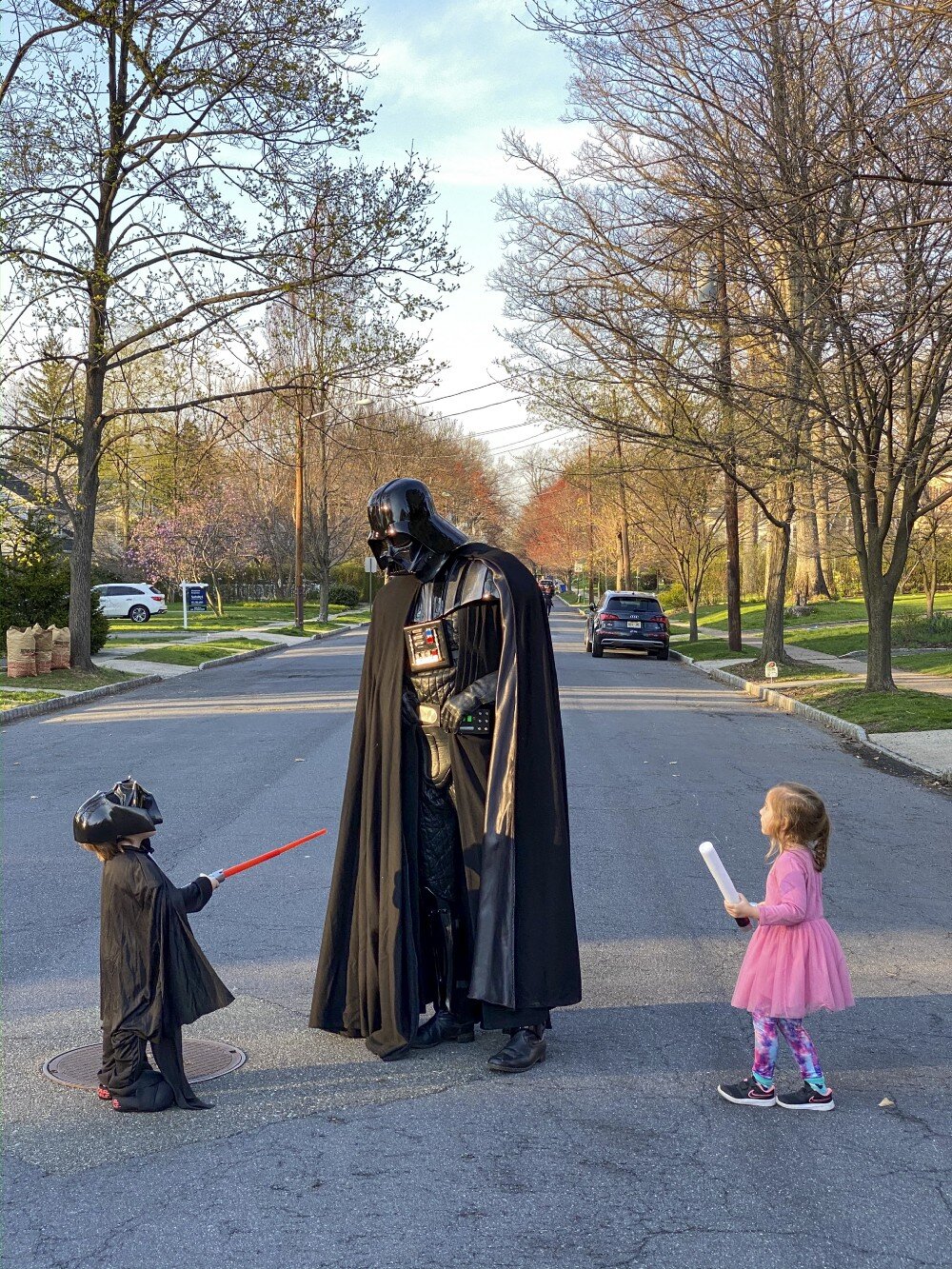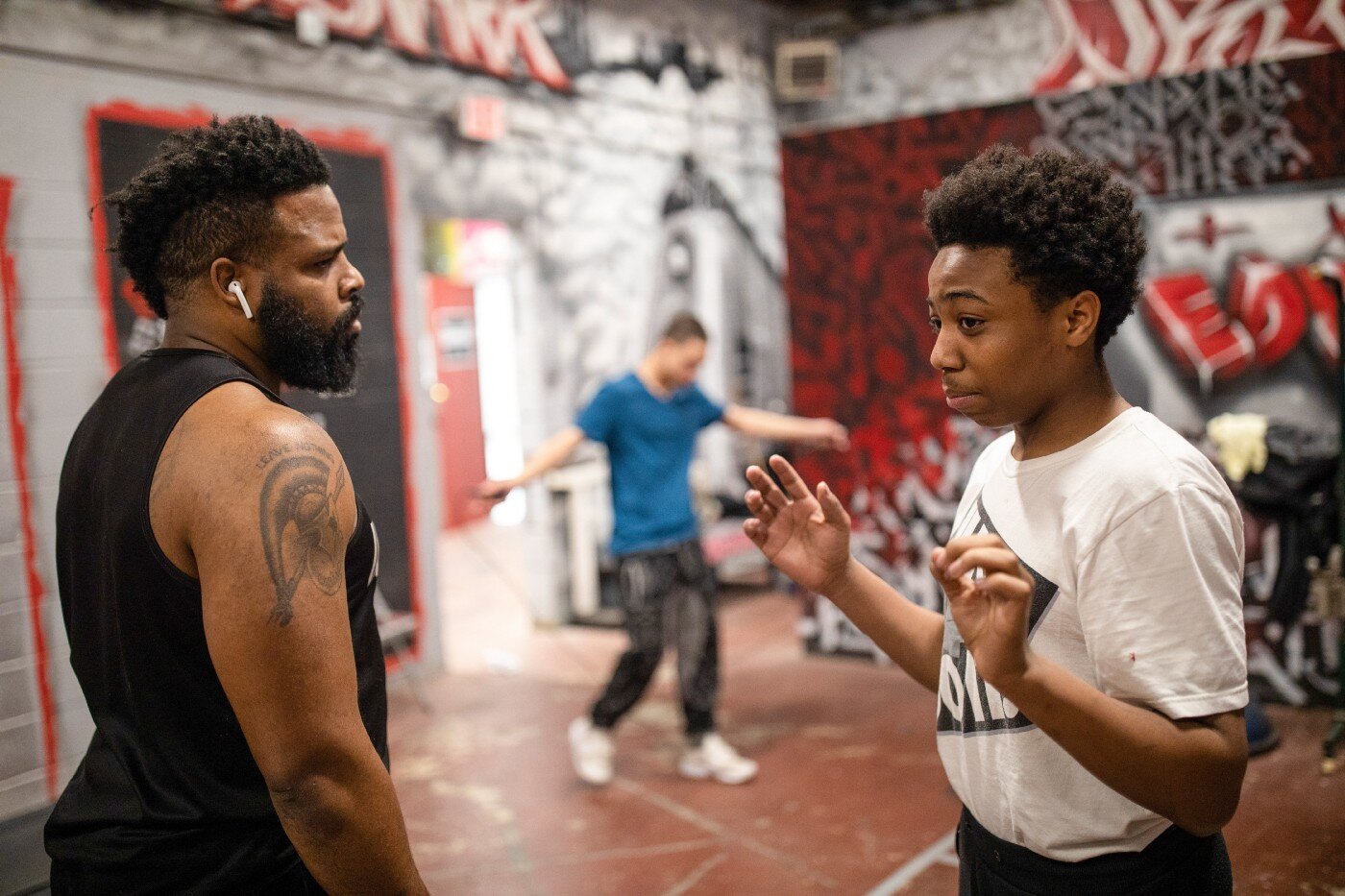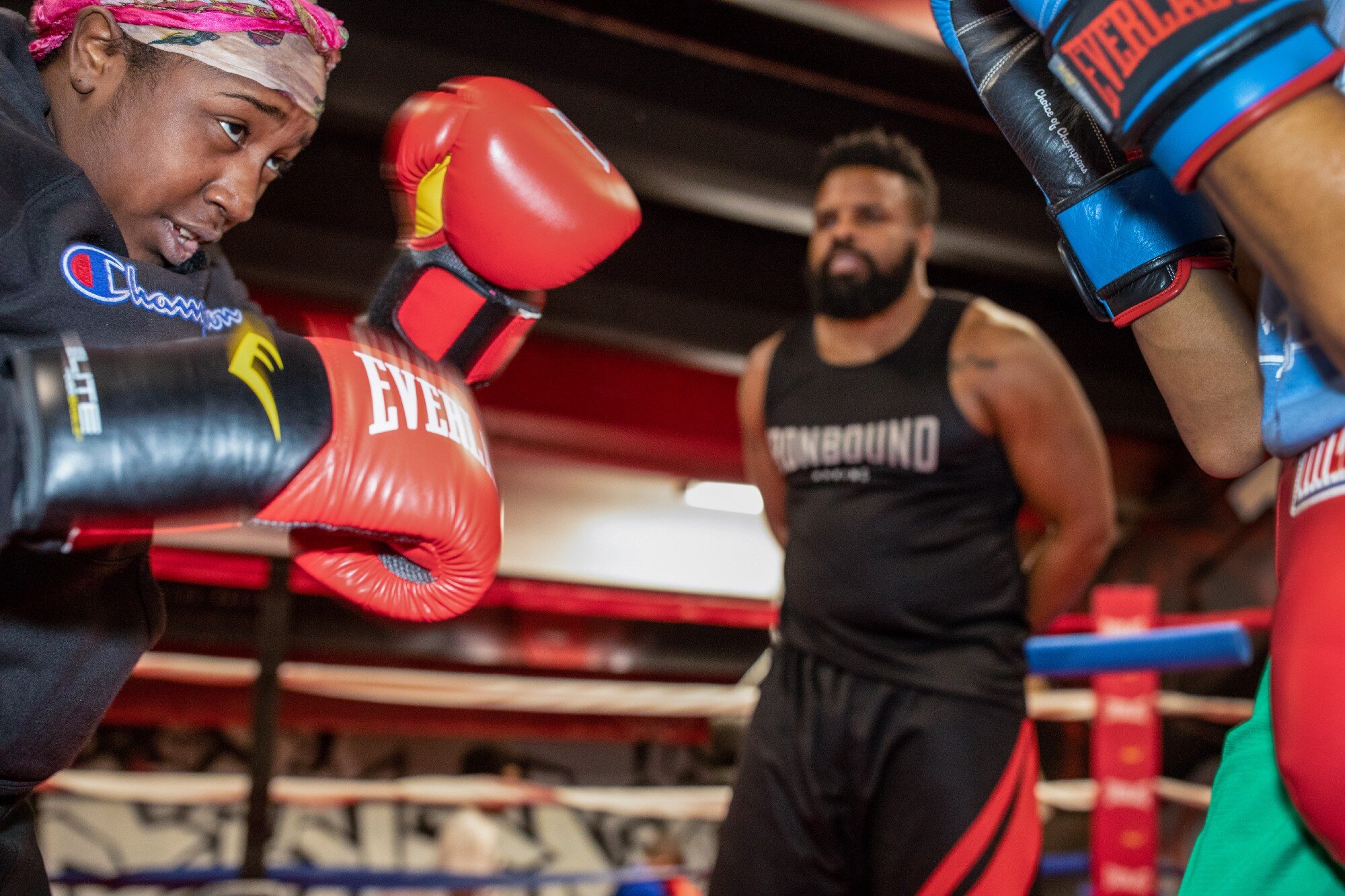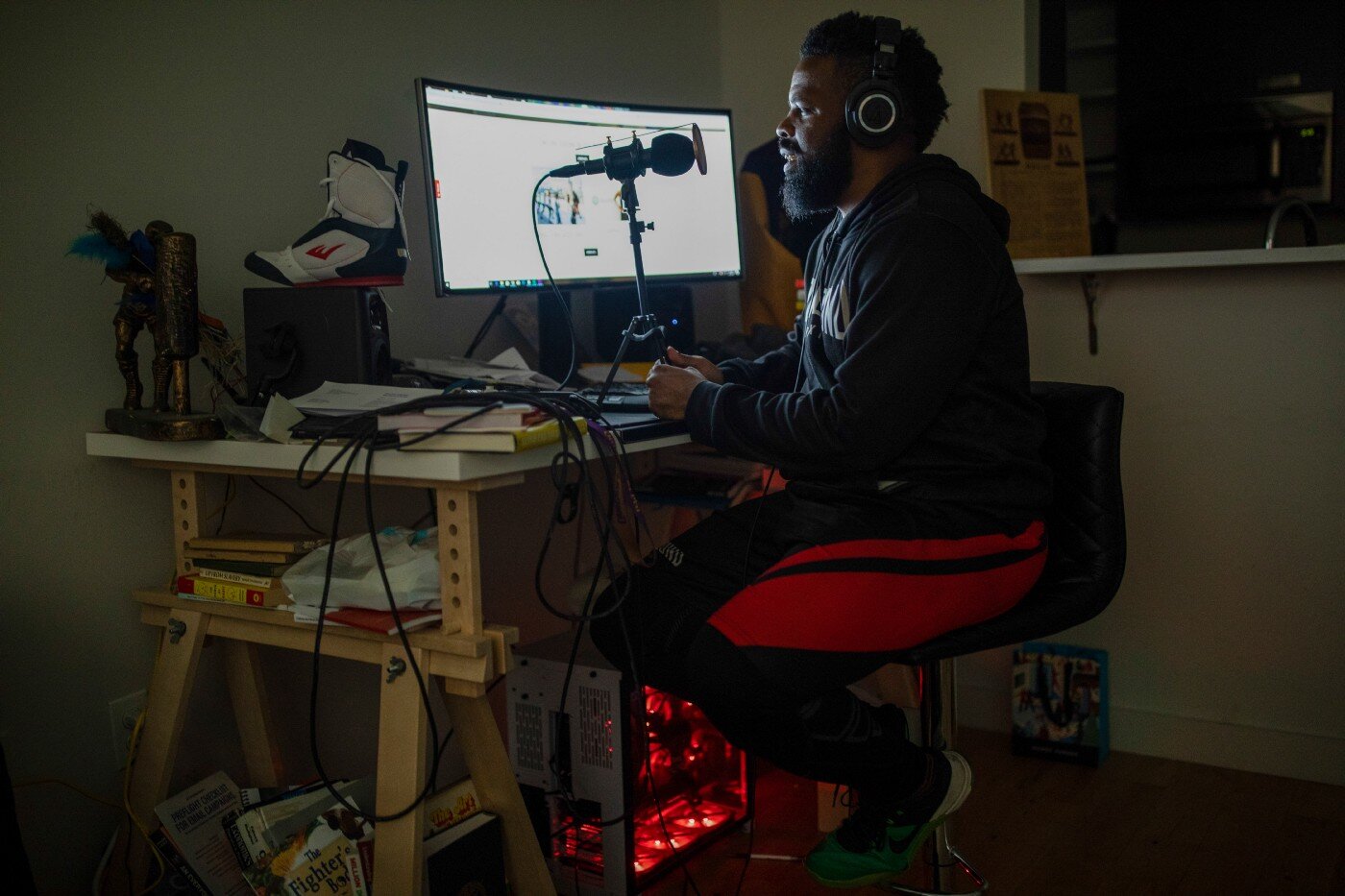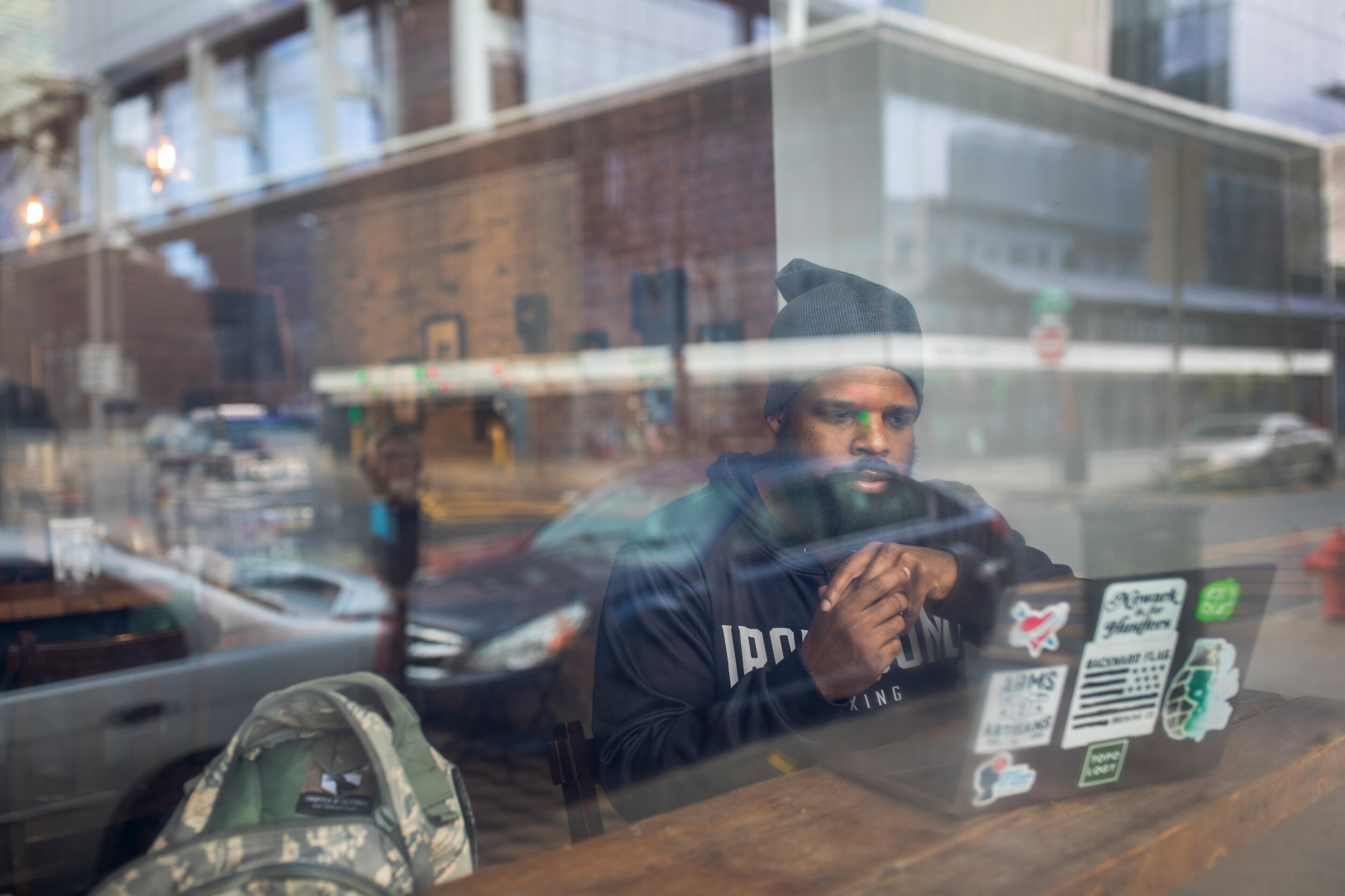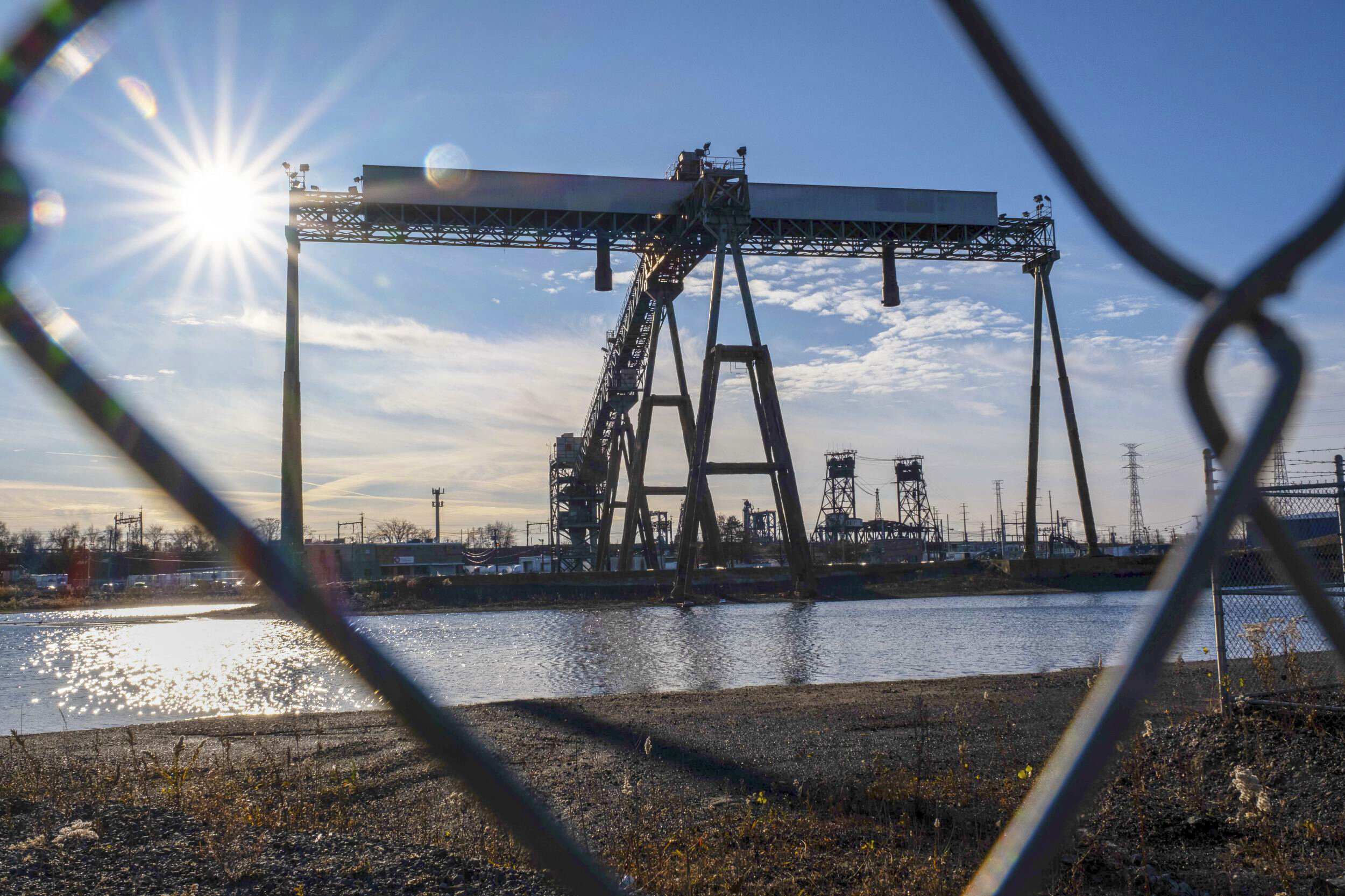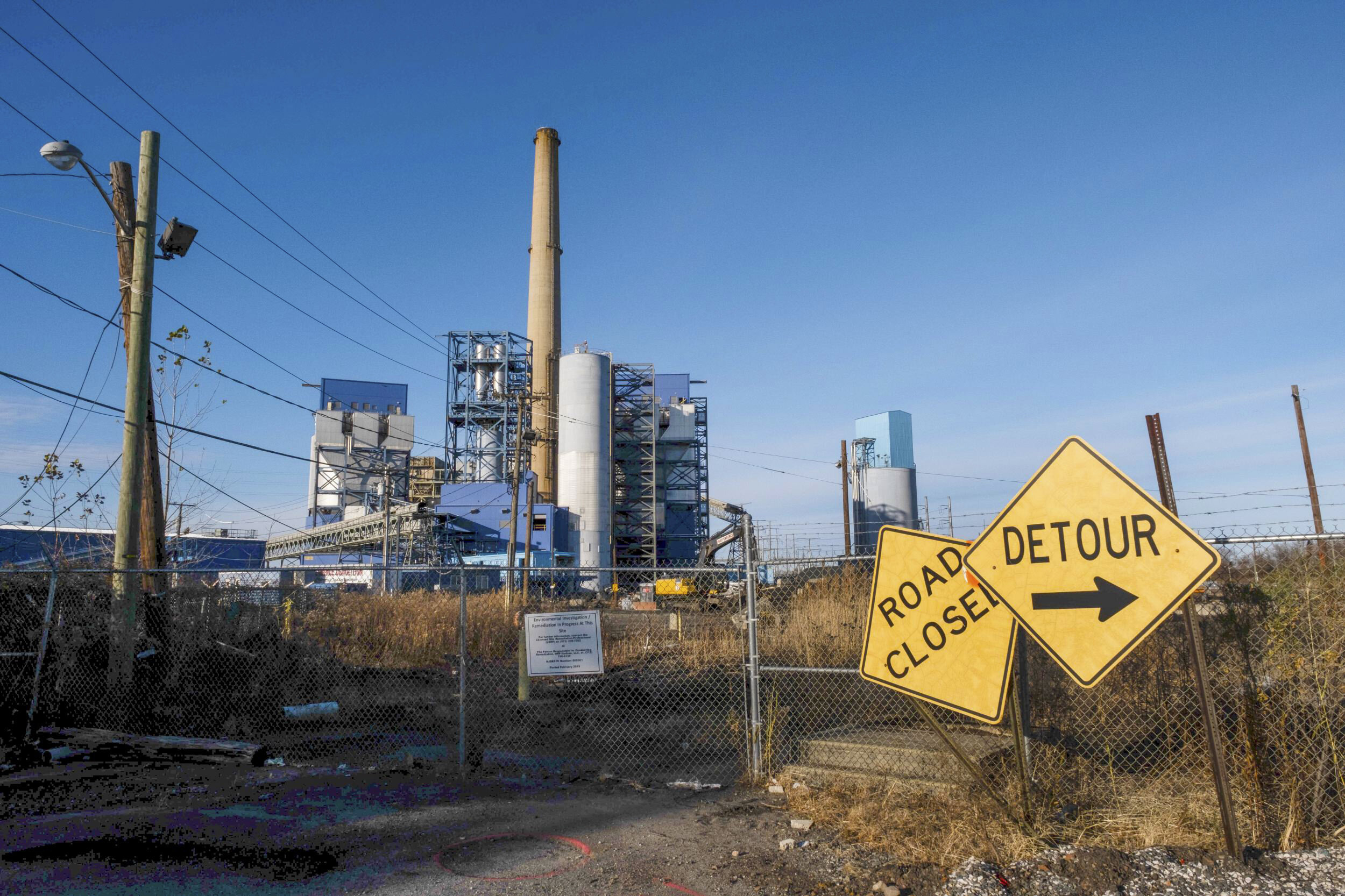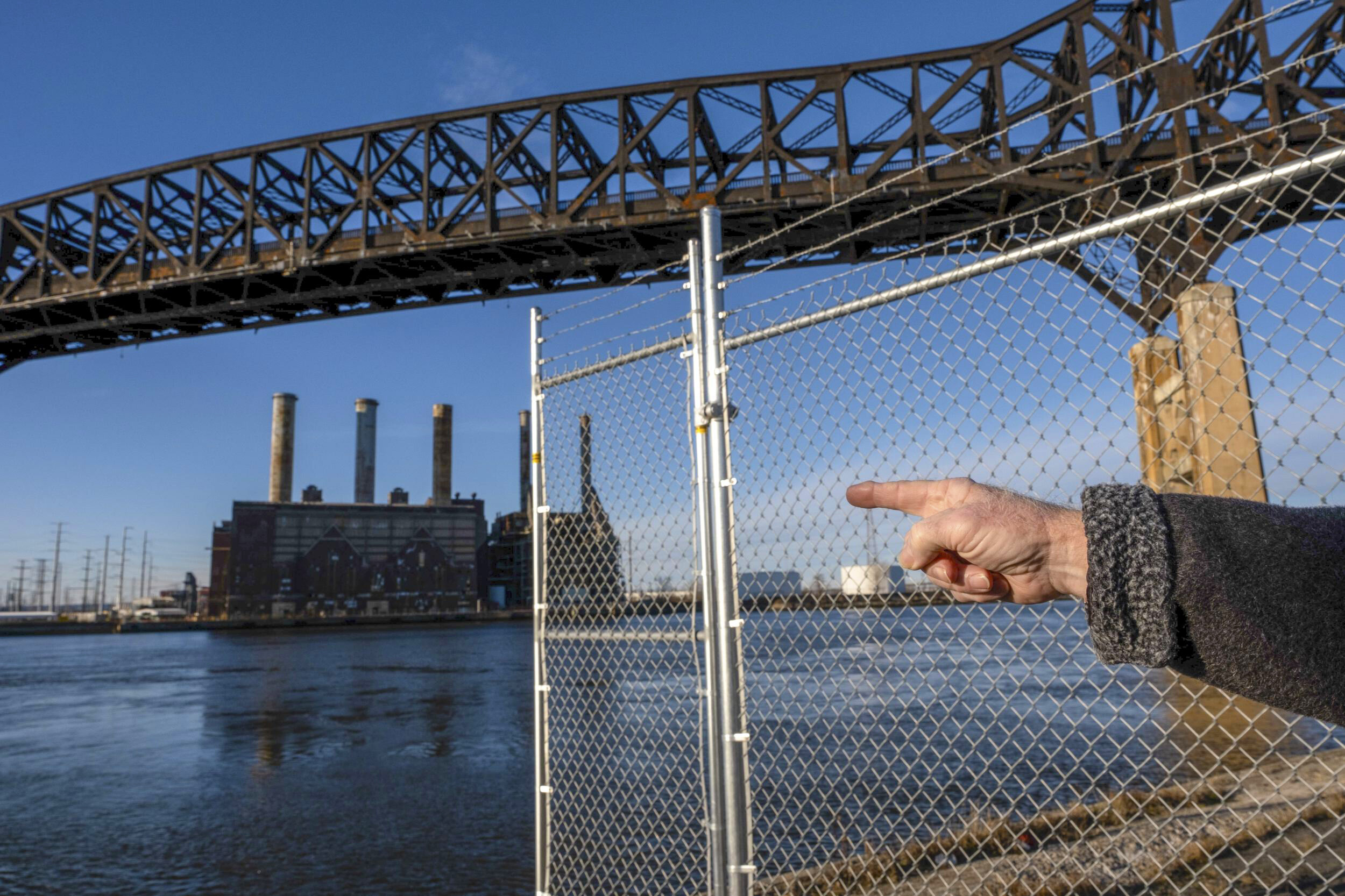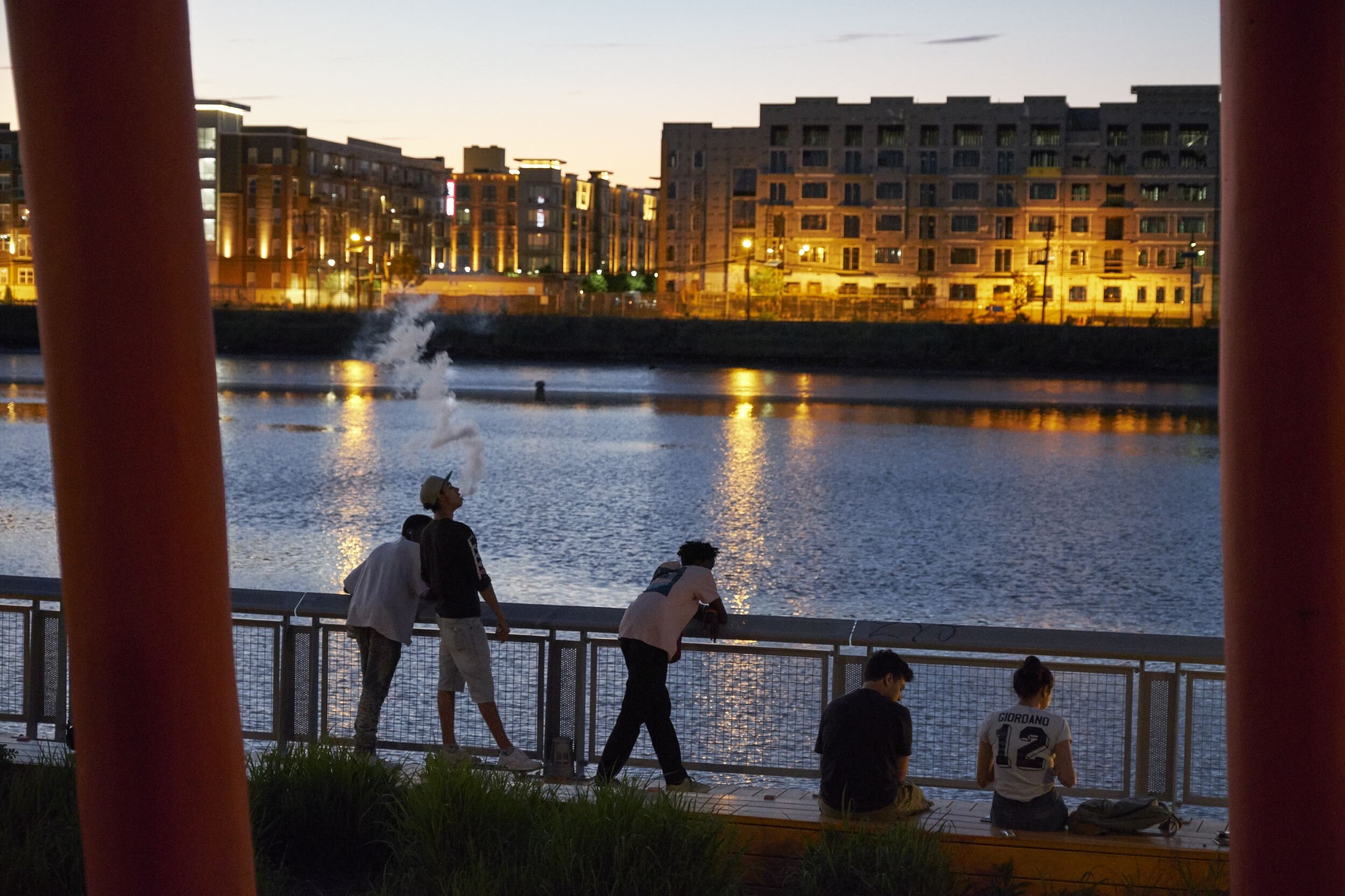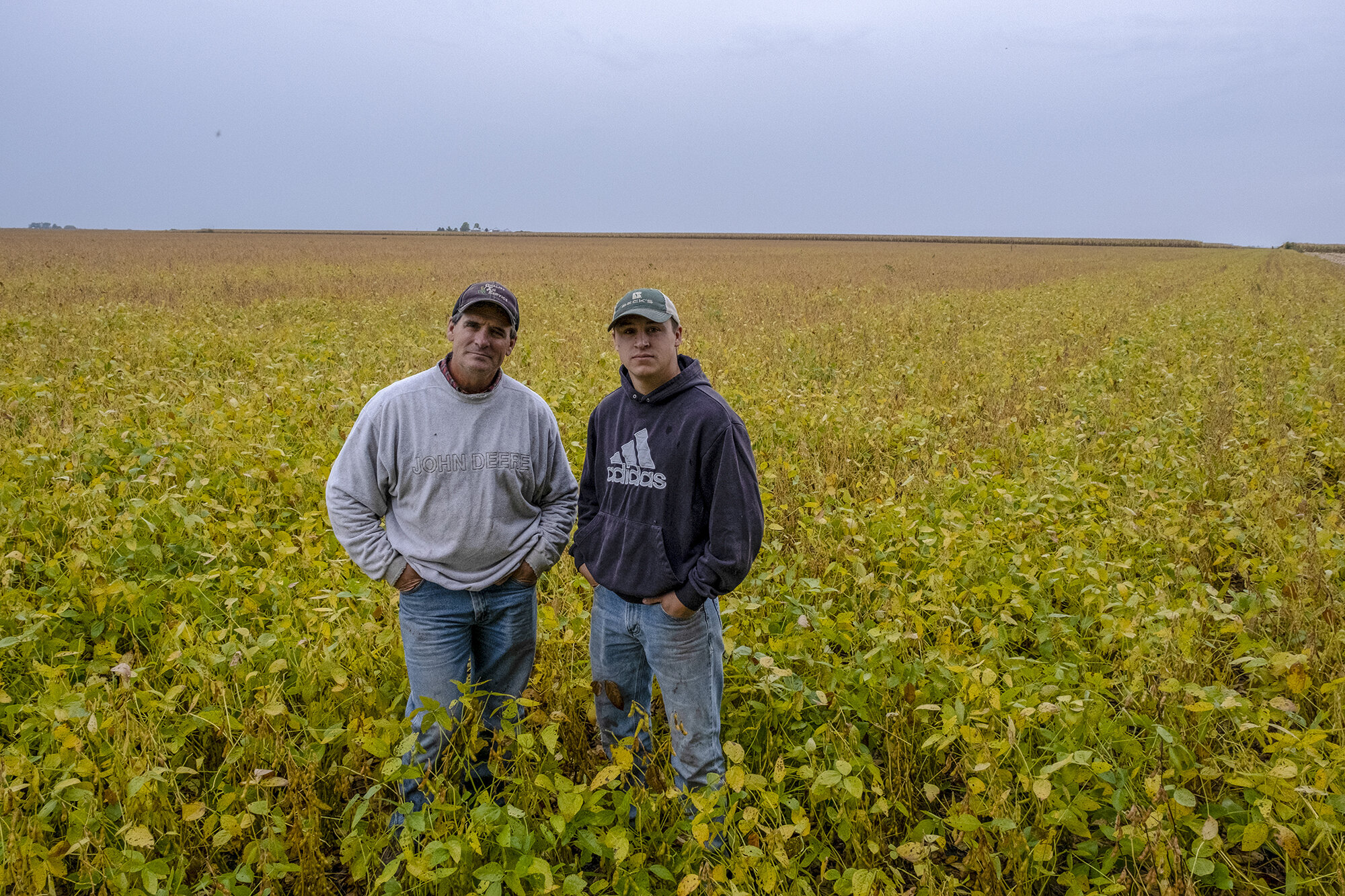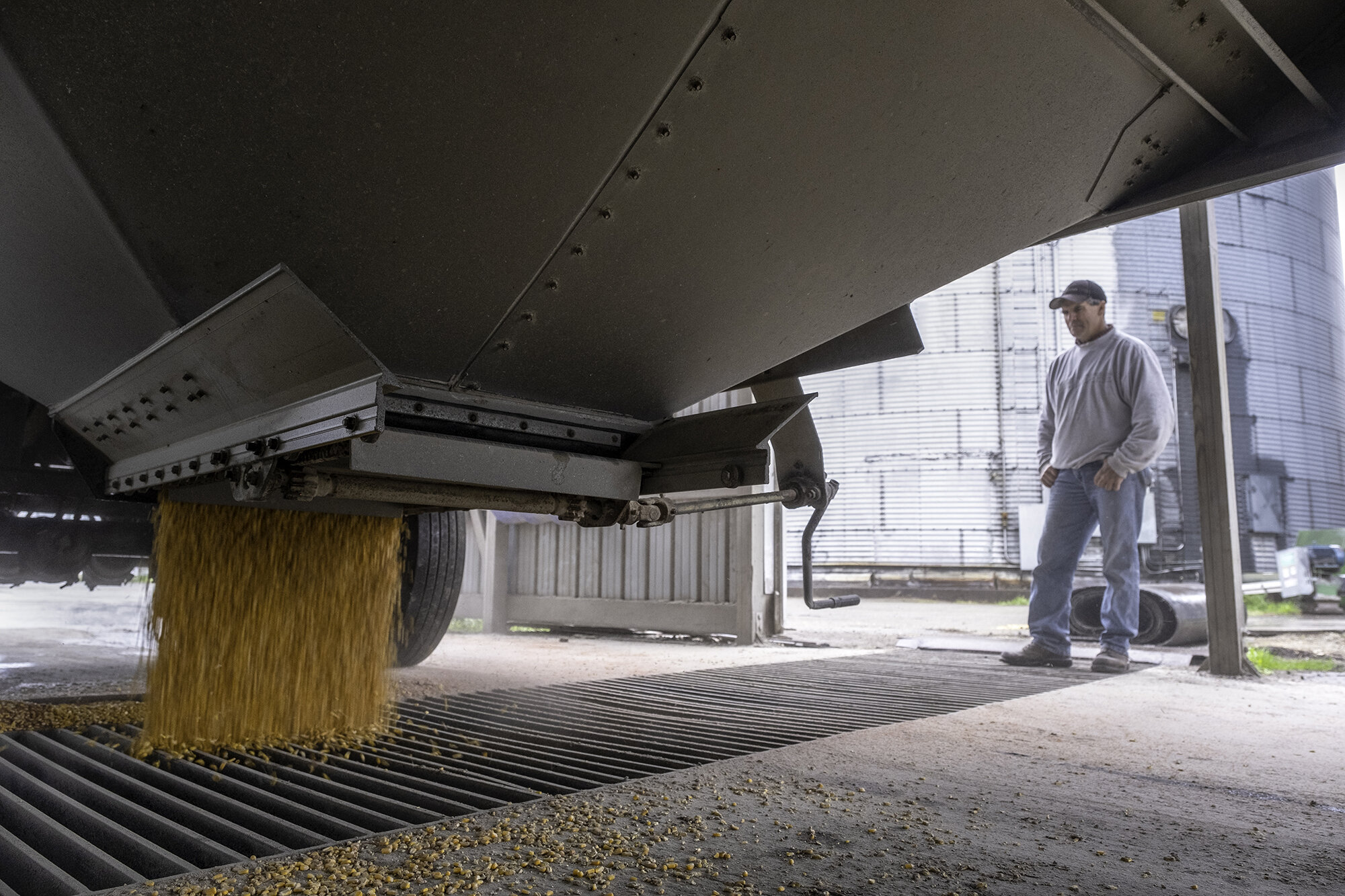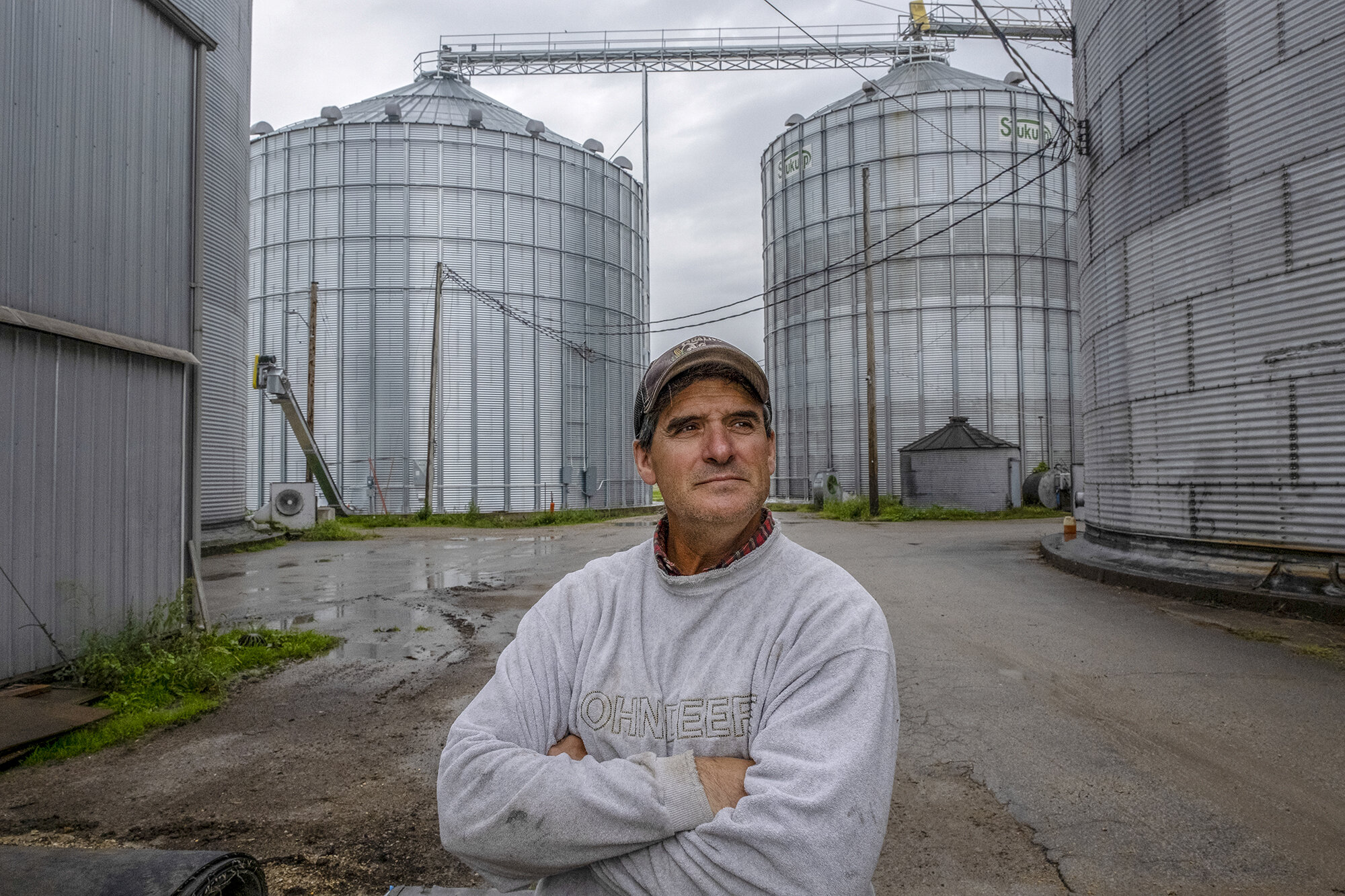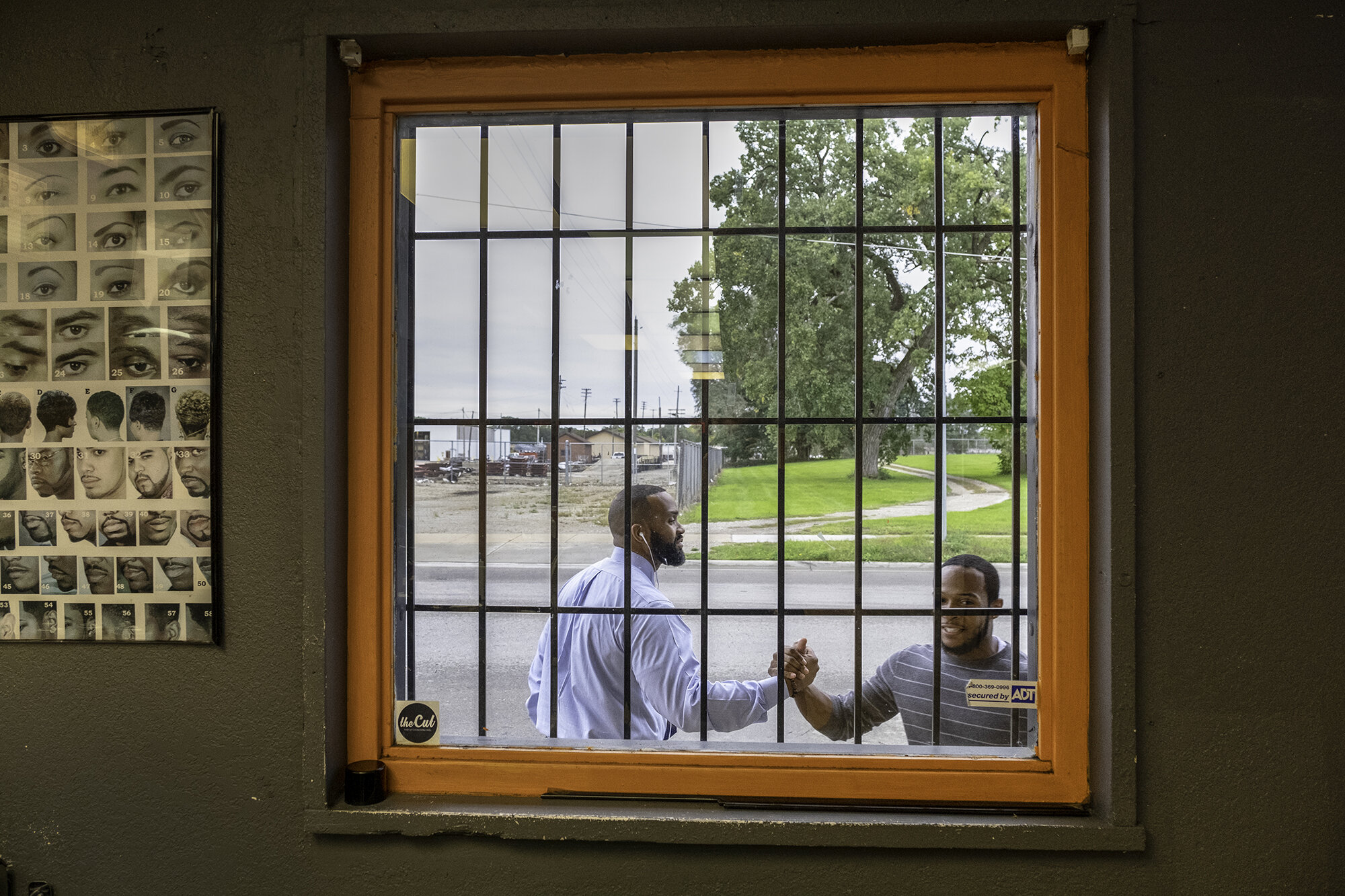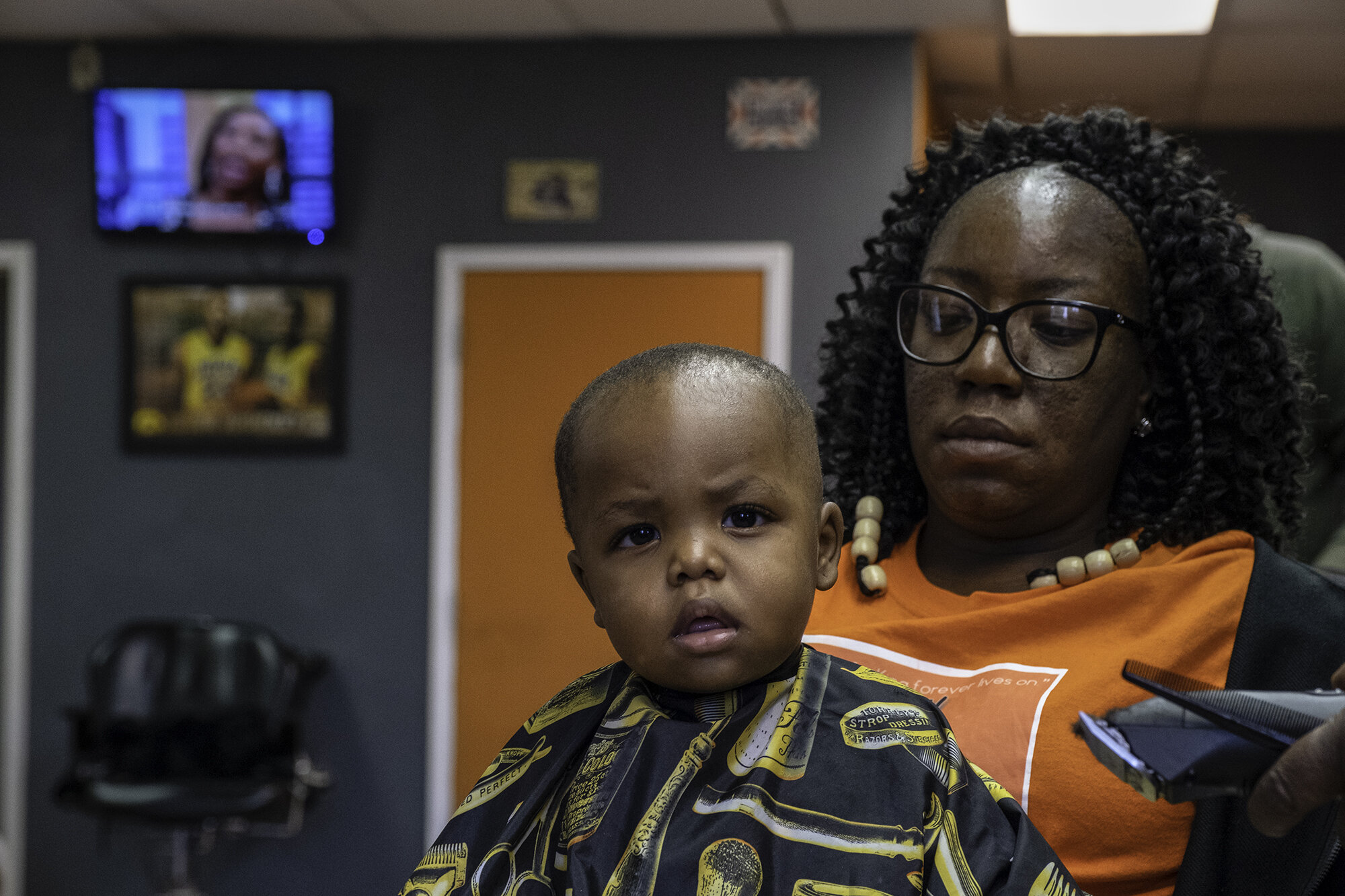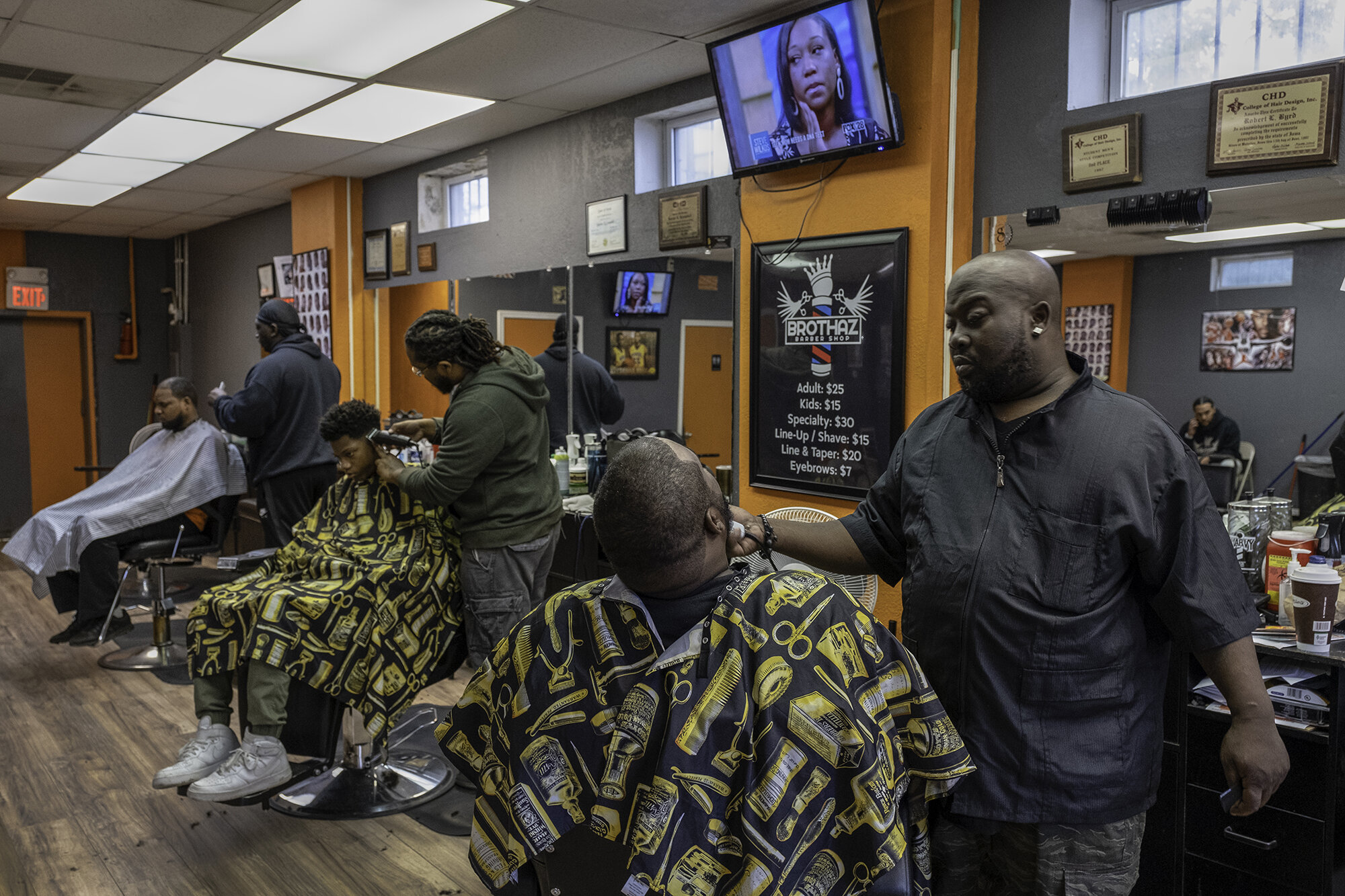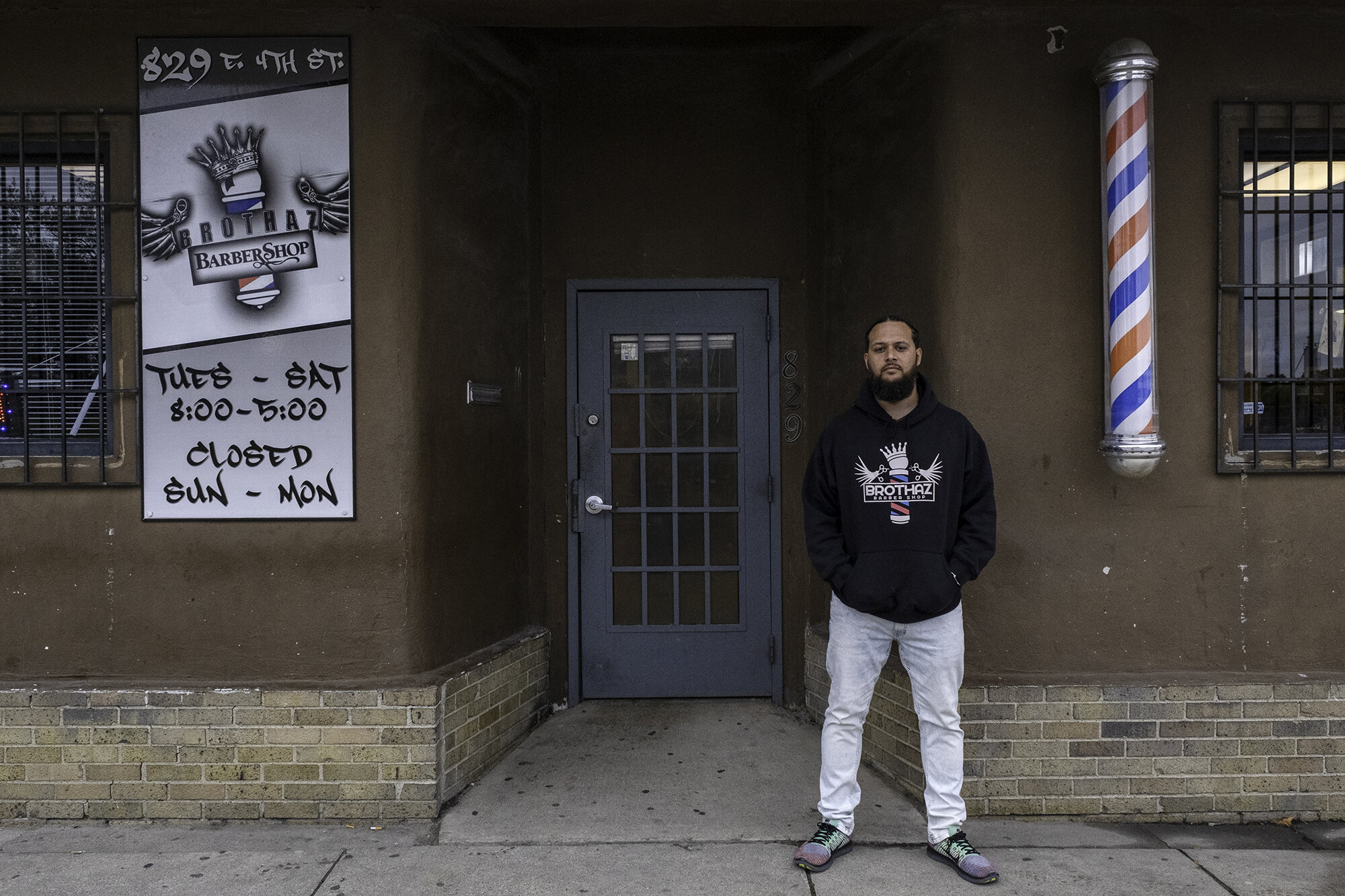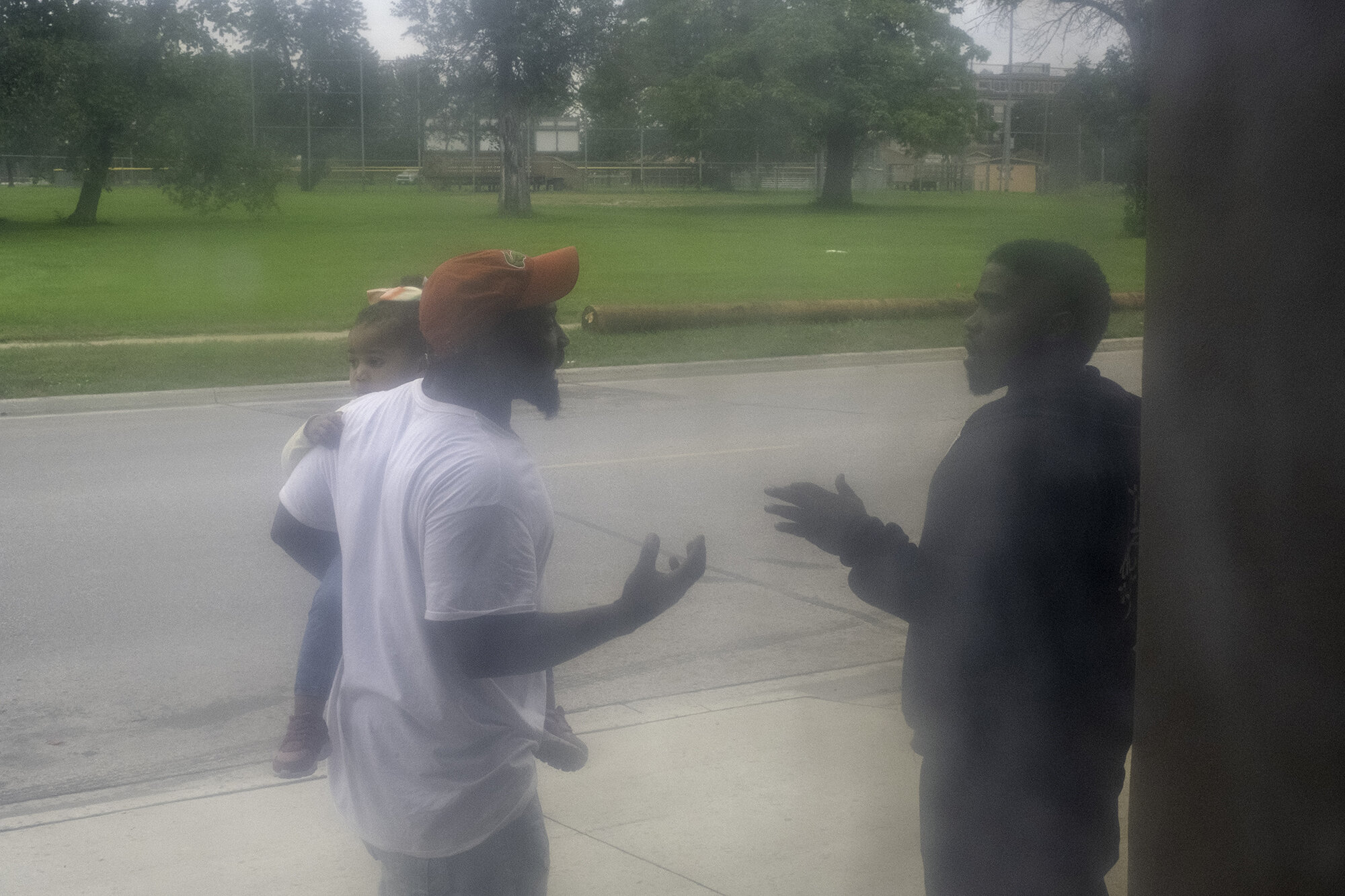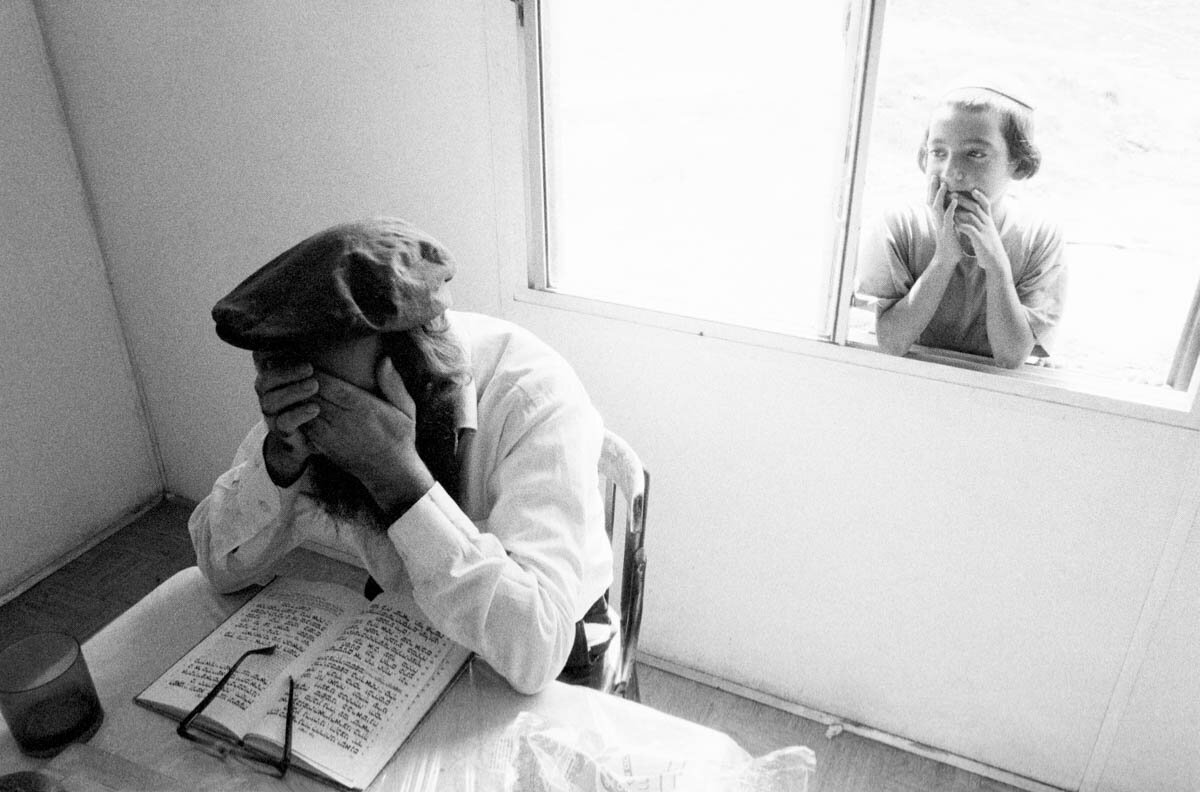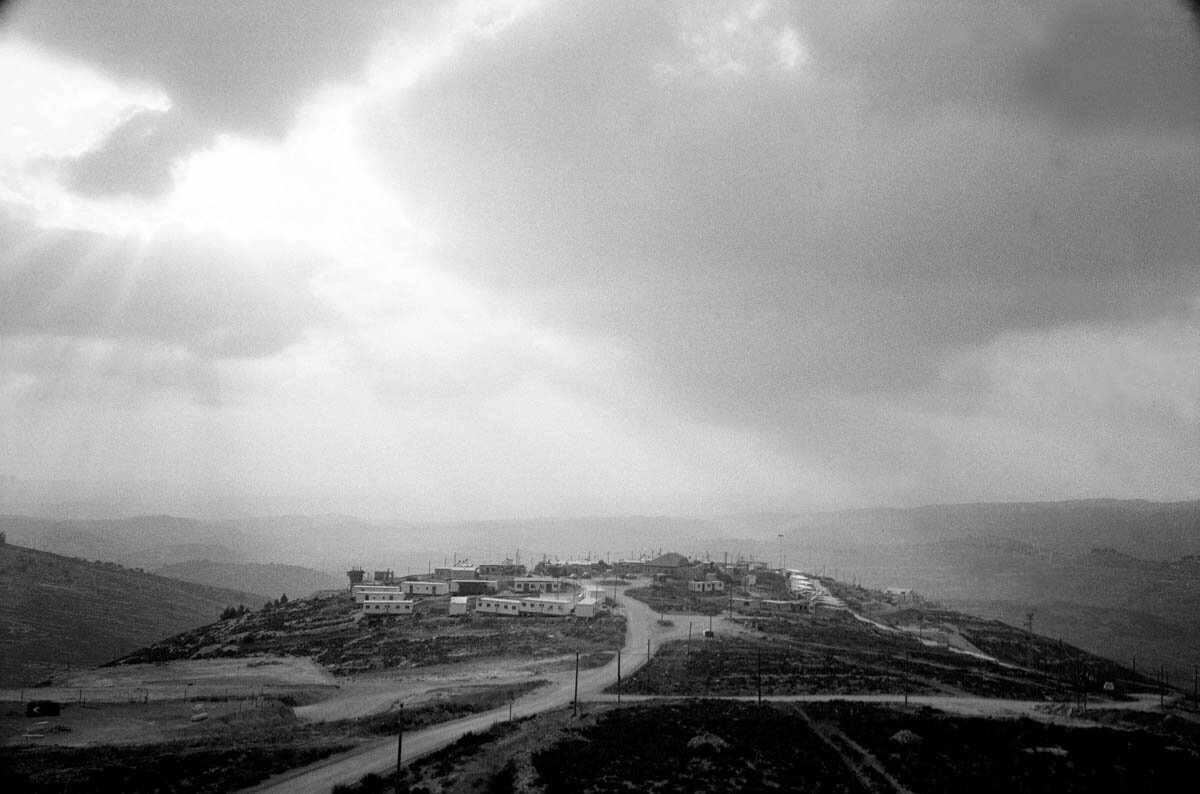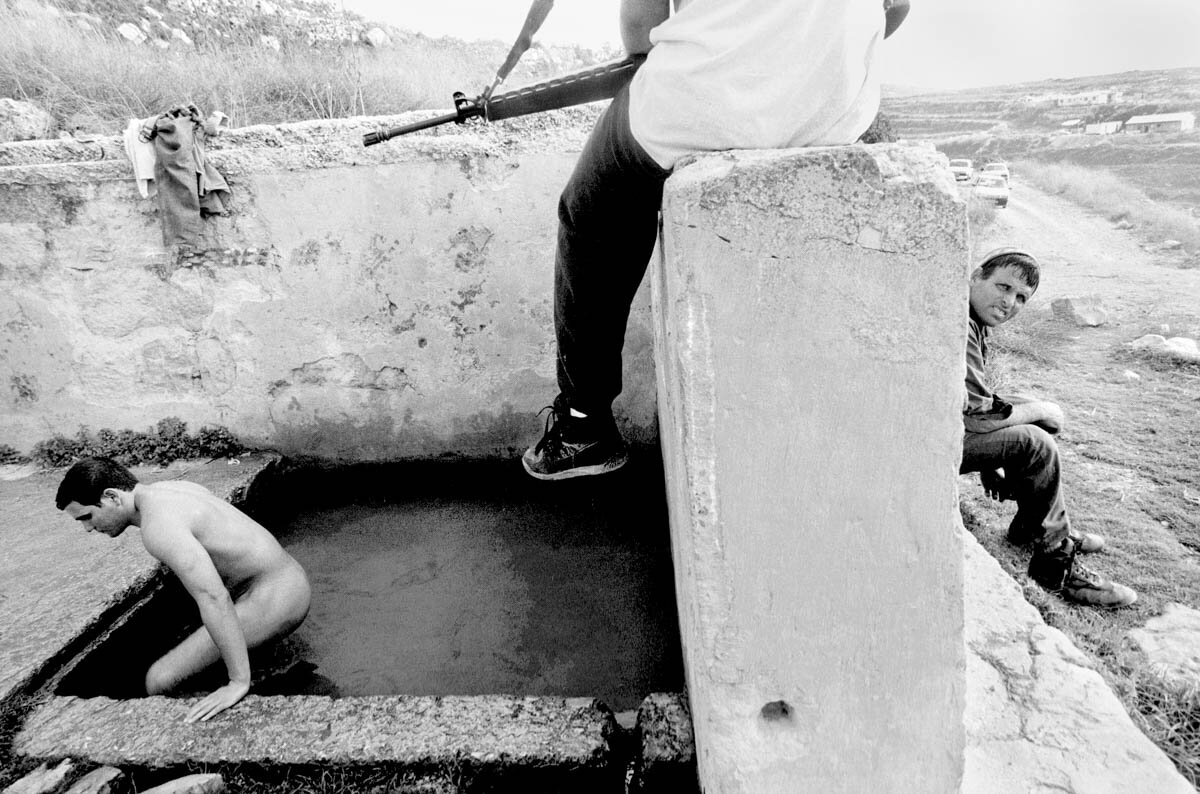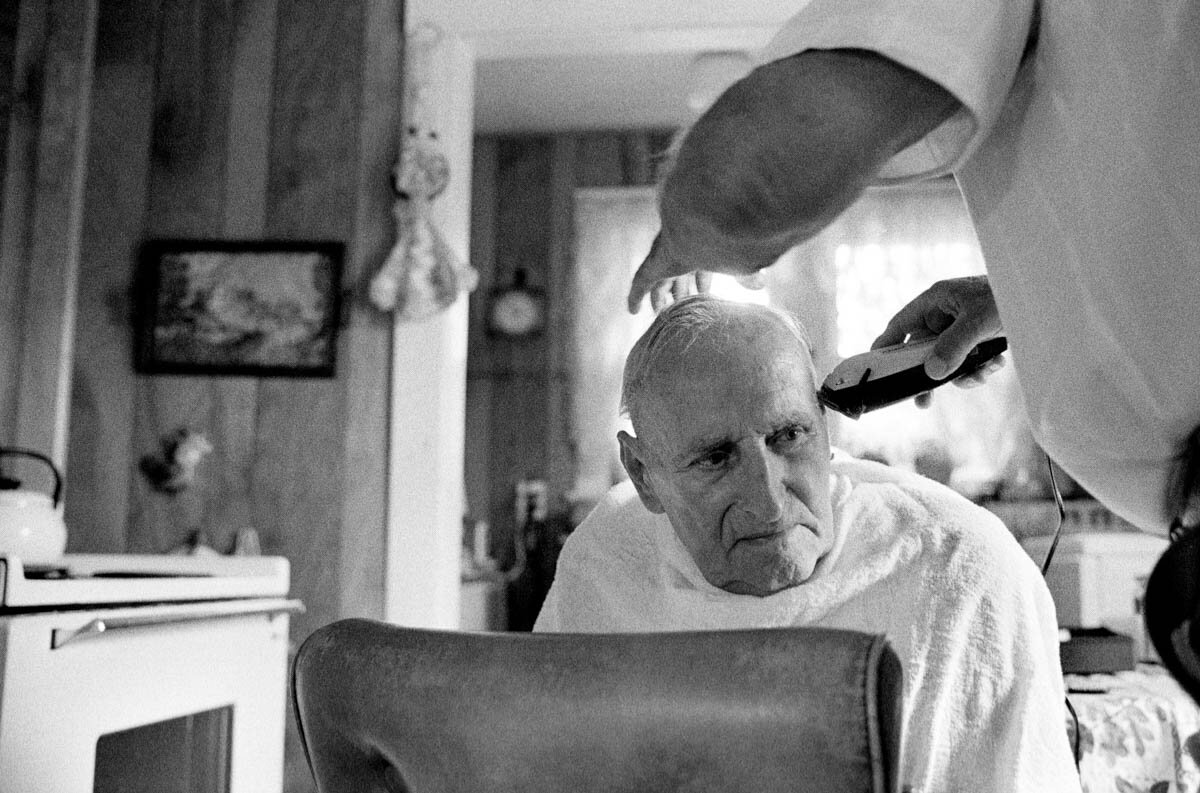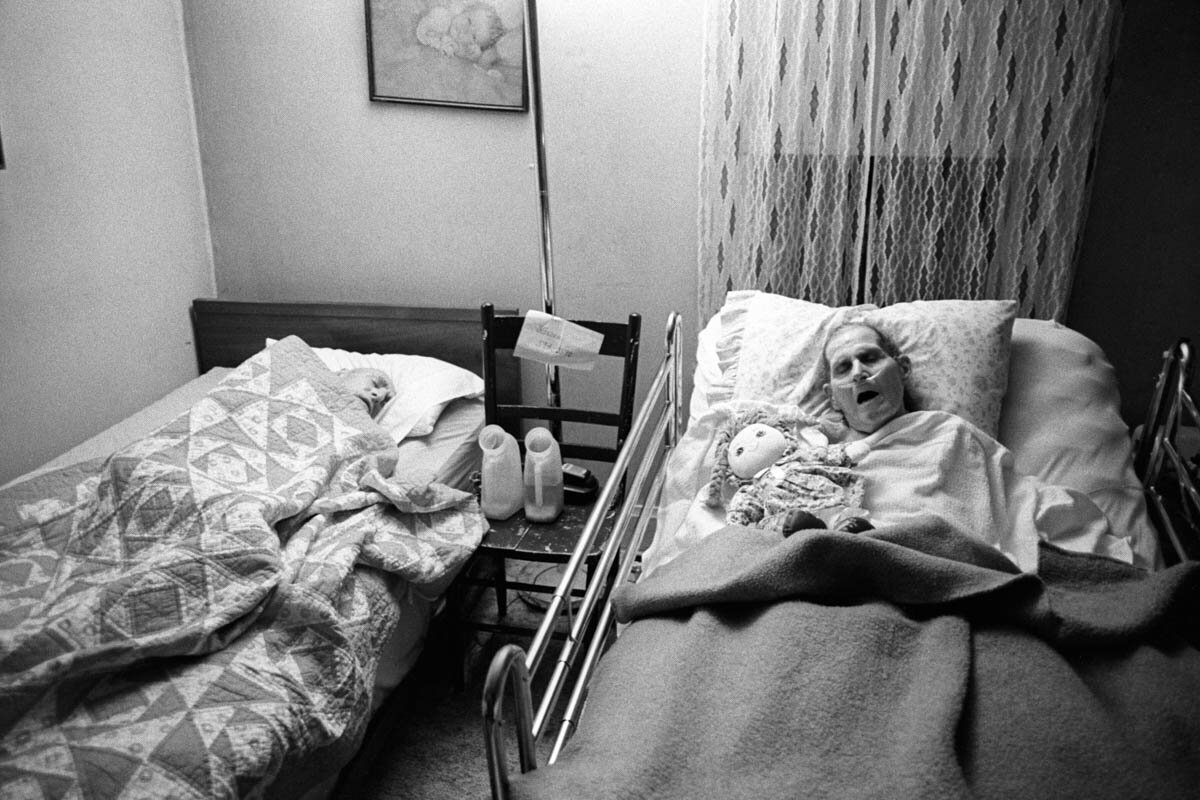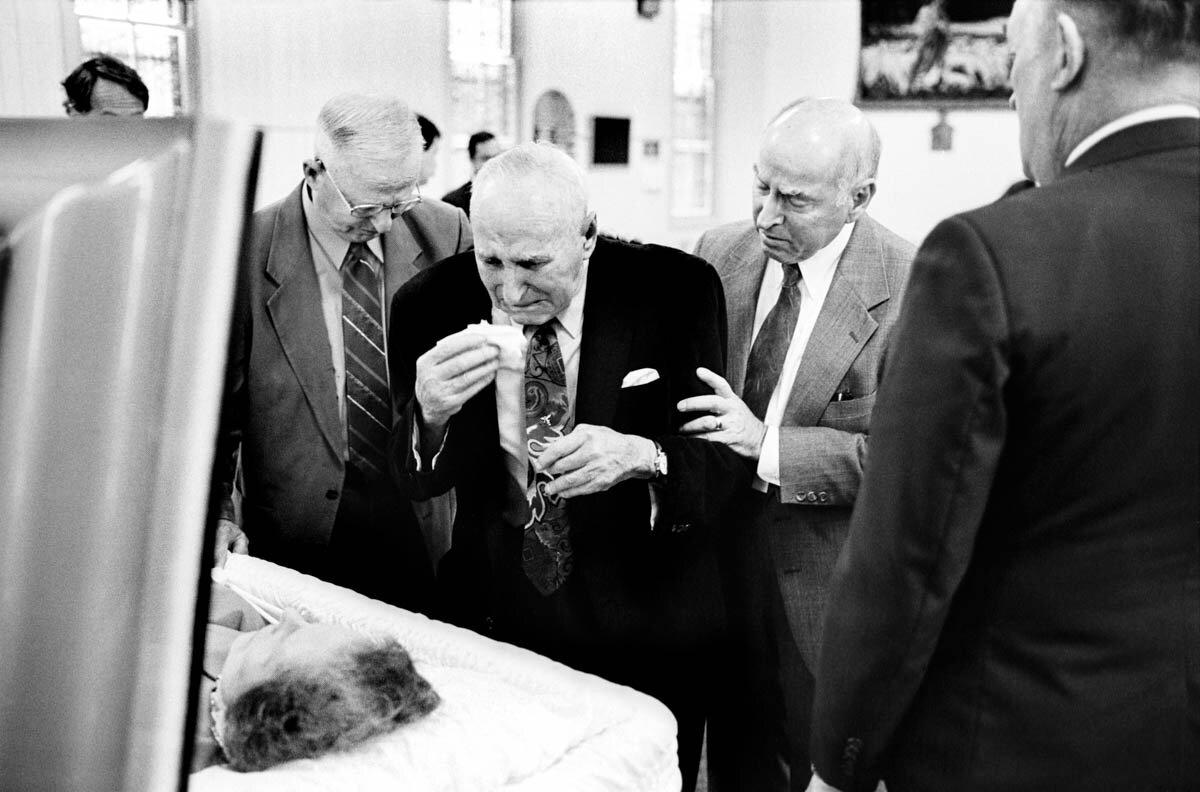“America, Again” is a year-long project by the photographers of VII, an exploration of some of the most important issues facing American voters as they head to the polls on November 3rd. For this chapter of America, Again, we invited photographer Joshua Rashaad McFadden as guest curator, essayist, and photo editor.
What to the oppressed is the American dream? A modern-day query echoing the words of the magnificent Frederick Douglass in 1852 suggests a centuries-long truth of America that has not yet changed, and that the American dream never existed for the marginalized, especially Black Americans.
The following photo essays will explore these truths; it will only begin to examine this country seeking to identify the superficial promises made to its people, the hidden borders and boundaries drawn by the founding fathers to make step-children, and even bastards, of its offspring. These words may seem harsh to some, but no more harsh than the realities of the disparaged who take residence here. These are their stories, offered to the world, to reveal the power of photographic portraiture against injustice.
As a Black man and maker of photographs, much of my work aims to excavate this land and its fabricated laws, in order to dig up the myth of life, liberty, and the pursuit of happiness or freedom. A photographic portrait is a powerful tool that can be used to dive deep into the lives and experiences of a people that often go forgotten. Frederick Douglass has shown us that the written word, coupled with strong portraiture, creates an undeniable narrative of one’s presence and place in the world and that the local newspaper is a way to accomplish that. The photographic series of Amir Saadiq confirms this notion, highlighting the Final Call publication and its message of unification within the Black community and against racism.
Walking the streets of any major U.S. city, one can easily deduce that its people have never all lived the same existence, nor had equal opportunities afforded to them, despite some damaging claims by the Majority population. Evidence proves that true equality and justice has yet to be realized. Legal, residential, and educational systems, to name a few, have been skewed in their application since the country’s faulty establishment. As identified in the work of Sara Terry, those who are unable to navigate these classist, and historically racist, networks fall prey to homelessness, underfunded schools, and little to no access to proper healthcare.
It is no surprise that a country whose legacy hinges on this type of division began with violence and assault on Africans and Native Americans. It continues the tradition through police brutality, now with Black Americans as the primary target. Senseless murders of the oppressed by the very leaders sworn to protect and serve have been the irony glossed over by mainstream America, that is, until its recent influx of candid visibility on national and international platforms, causing national protests to ensue. My work, consequently, reveals a country in a state of unrest, and the aftermath of hurting Minneapolis and Atlanta communities following the high-profile police murders of George Floyd and Rayshard Brooks. The images of Laylah Amatullah Barrayn, then, juxtaposes this threat with portraits of Minneapolis communities, also fighting a global pandemic, COVID-19.
The health crisis, racism, and permeating xenophobic ideals in this country generate physical and societal barriers between residents of varying beliefs, lifestyles, and origin stories. A steady rise in the Majority mistrust of migrant workers, coupled with the rescinding of the DACA program, strain relations with the very groups in search of a better life, who work diligently to support their families while supporting the country’s economy. Photographer Ed Kashi uncovers the plight of immigrant laborers in Freehold, New Jersey, as they, too, grapple between the unacceptance of their presence from a resentful community, and the effects of a pandemic keeping them out of work.
To numerous races, cultures, and subsects, the American dream has become just that: an imaginative ideology existent only in the subconscious of a slumbering country, unwilling to wake. The United States, with its glorious monuments and symbols of greatness, has become its own symbol that it must live up to, to be the land of freedom and equality it boasts of. This collection of photographic essays invites the voices and visuals of our true and fullest America to be amplified in the contexts of the Nation of Islam (Amir Saadiq), the COVID-19 pandemic (Laylah Amatullah Barrayn), immigrant laborers (Ed Kashi), people experiencing homelessness (Sara Terry), and a country in protest (Joshua Rashaad McFadden).
Now it’s time for a call to action. Let’s end the superficial calls for diversity and put motion into our words. As we view these photo stories — two from VII Photo Agency, an agency with little to no Black representation within its membership, and three invited Black photographers sharing work on topics to which they are no stranger — we have to begin to question the gatekeepers of the industry who control visual narratives around the world. At a time when Black photographers are at the forefront, telling these stories, let us continue to witness this systemic restructuring the industry with equality in education and training, an increase in professional opportunities, a narrowing — rather, closing — of the wage gap, and greater grant and scholarship offerings for photography students of color, Black LGBTQ+, and especially Black and trans women. This country is woven with all our stories, and as a Black man, I should be able to stand firmly on this ground to declare the words of Langston Hughes: I, too, am America.
We all are America.
— © Joshua Rashaad McFadden 2020
View “America, Again” | Chapter 5: AMERICAN MYTHS here.



